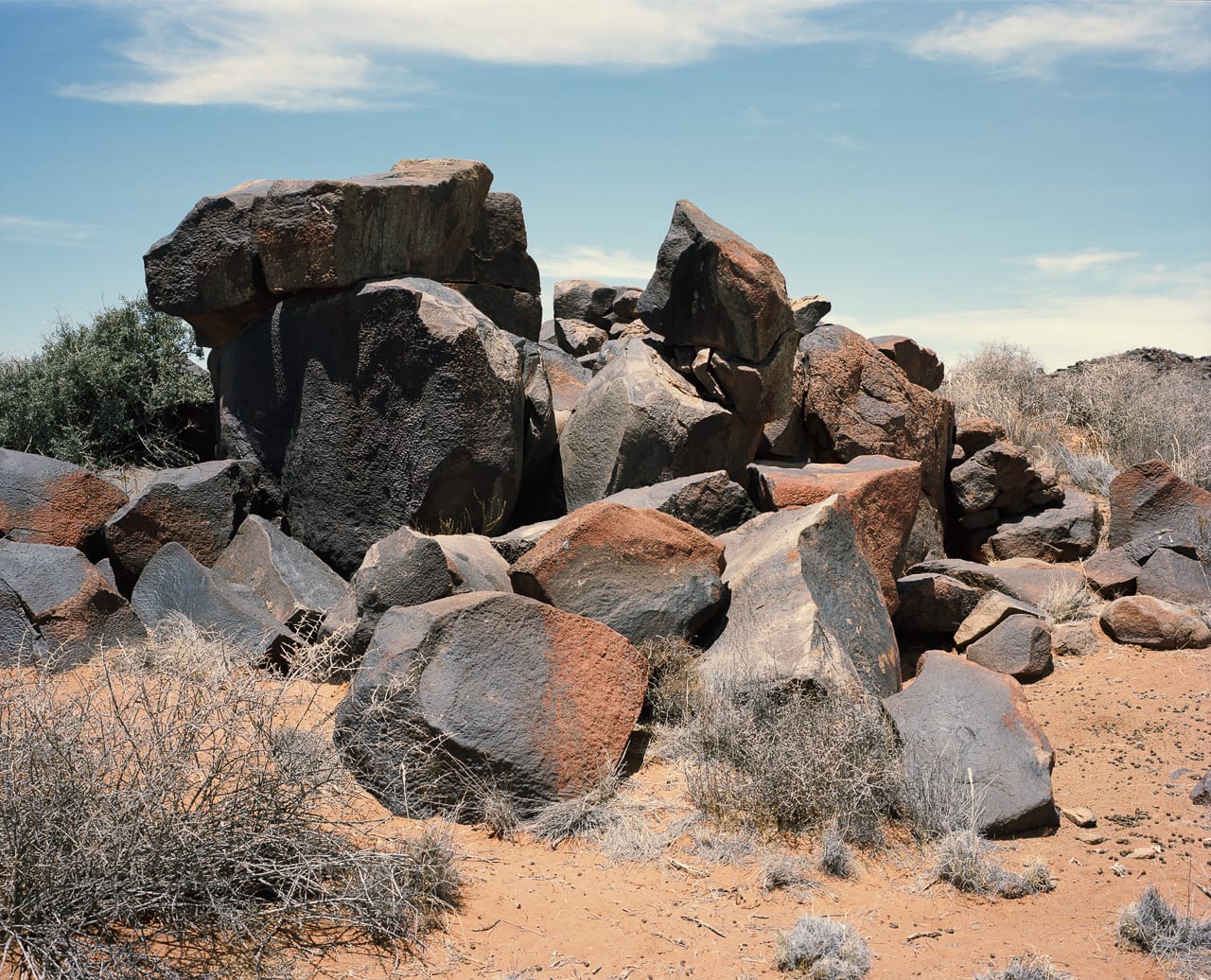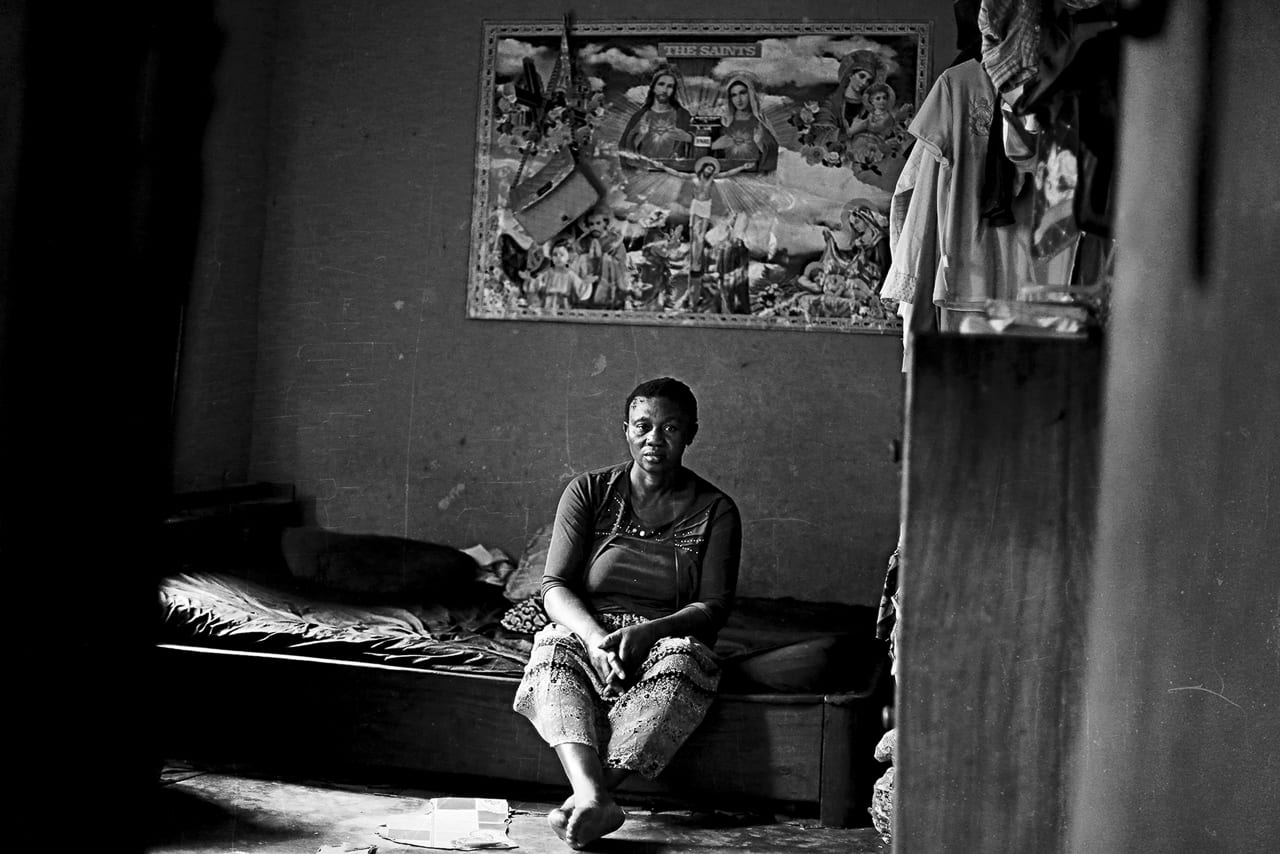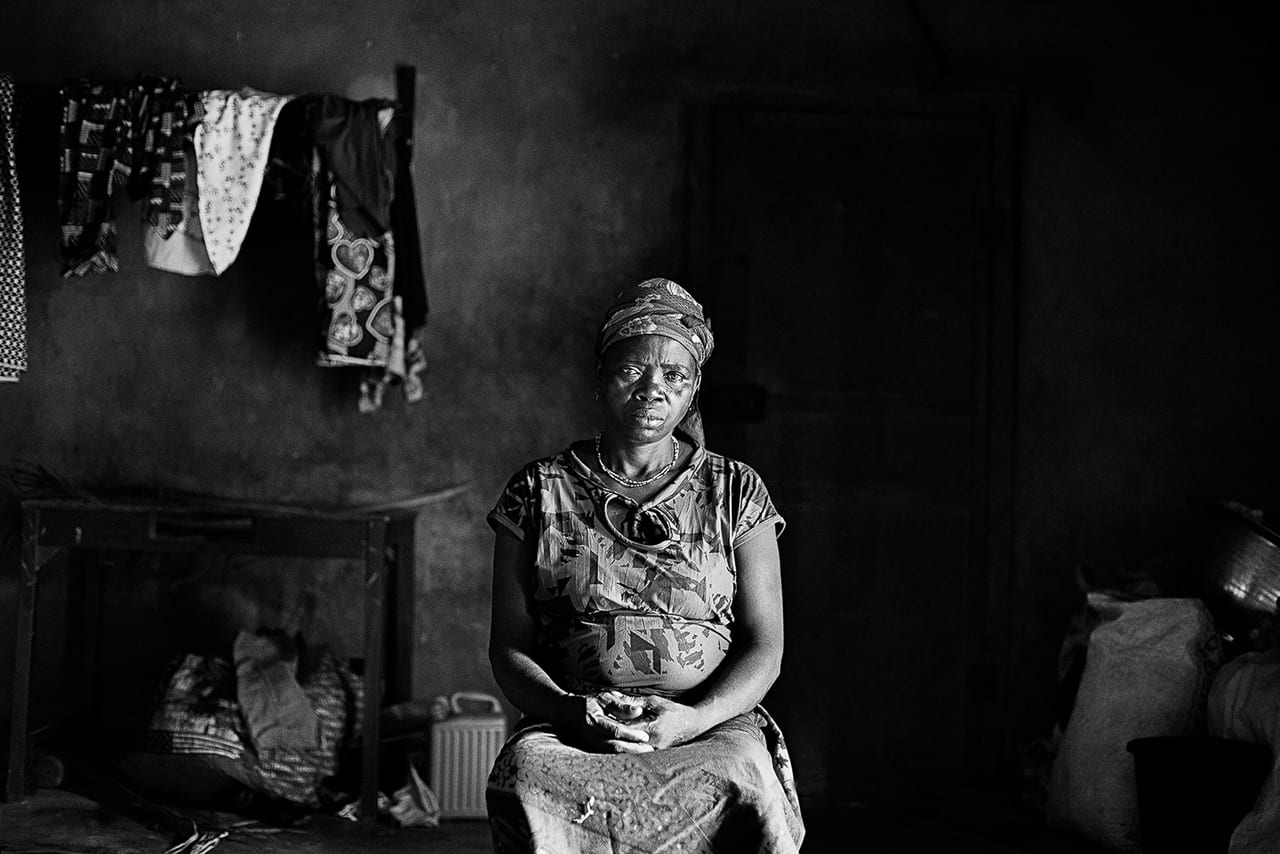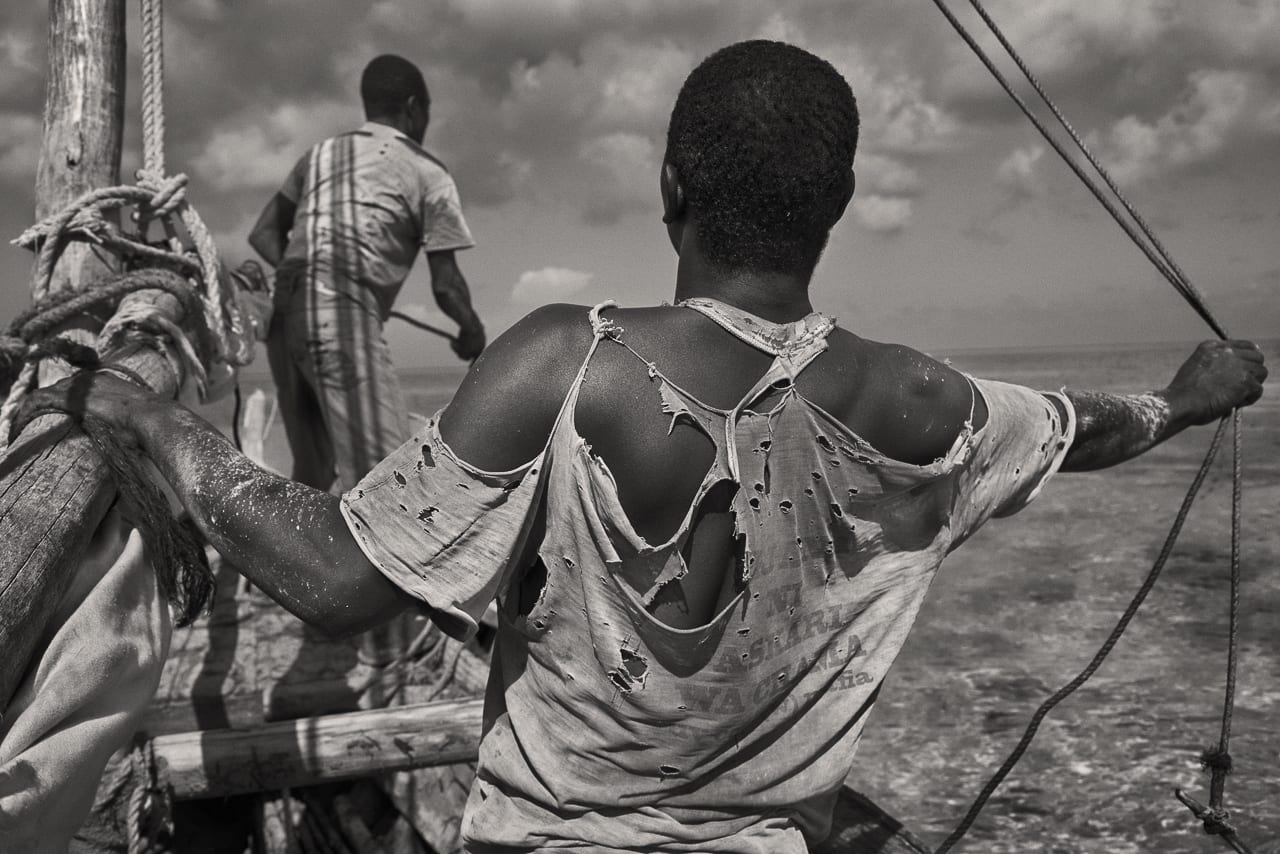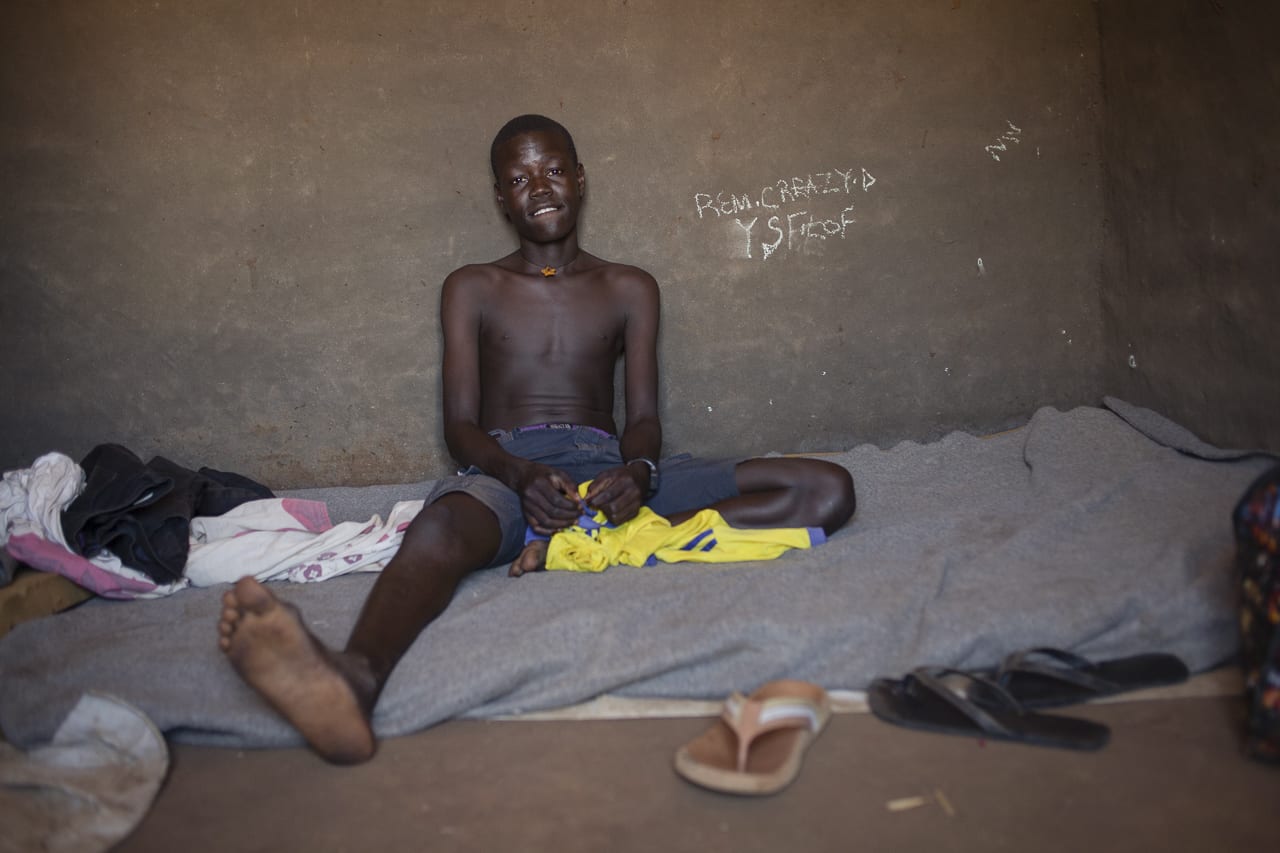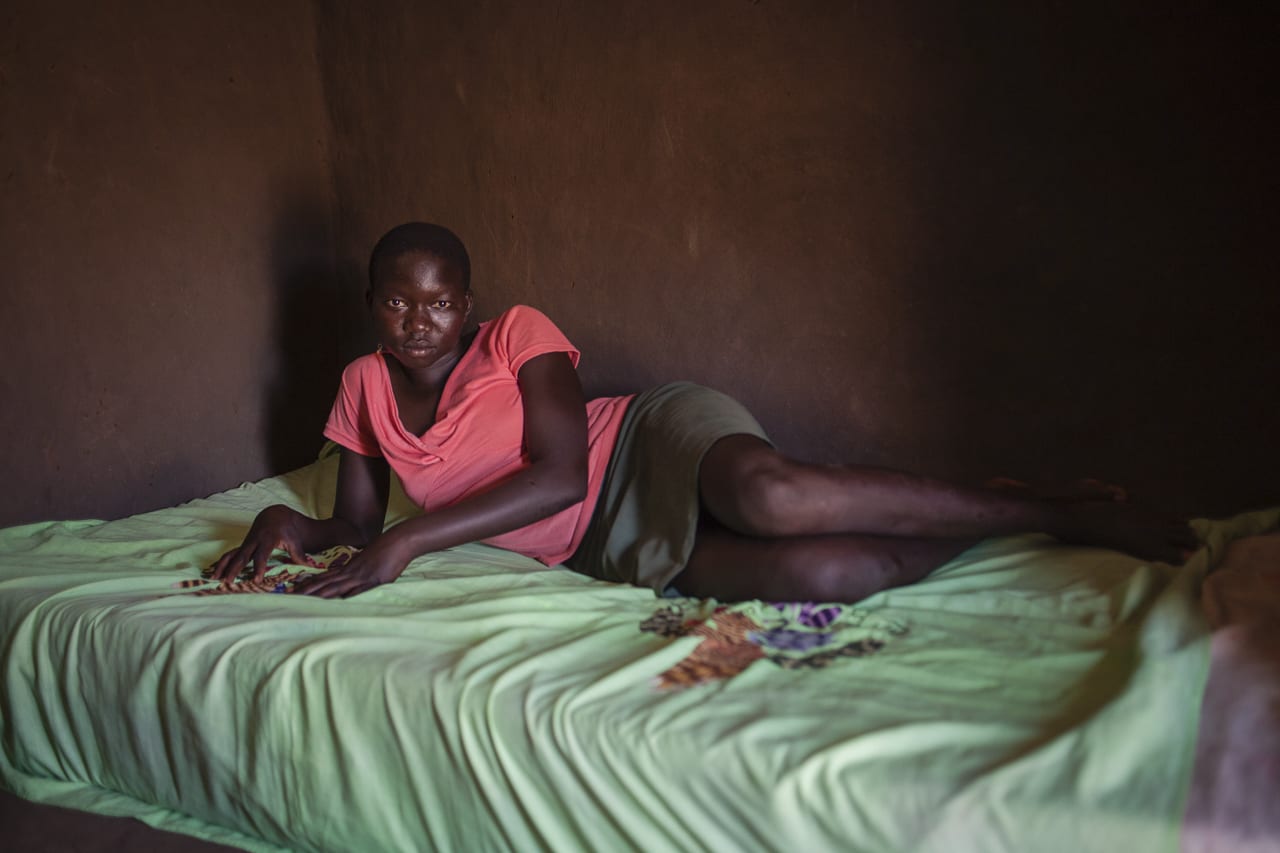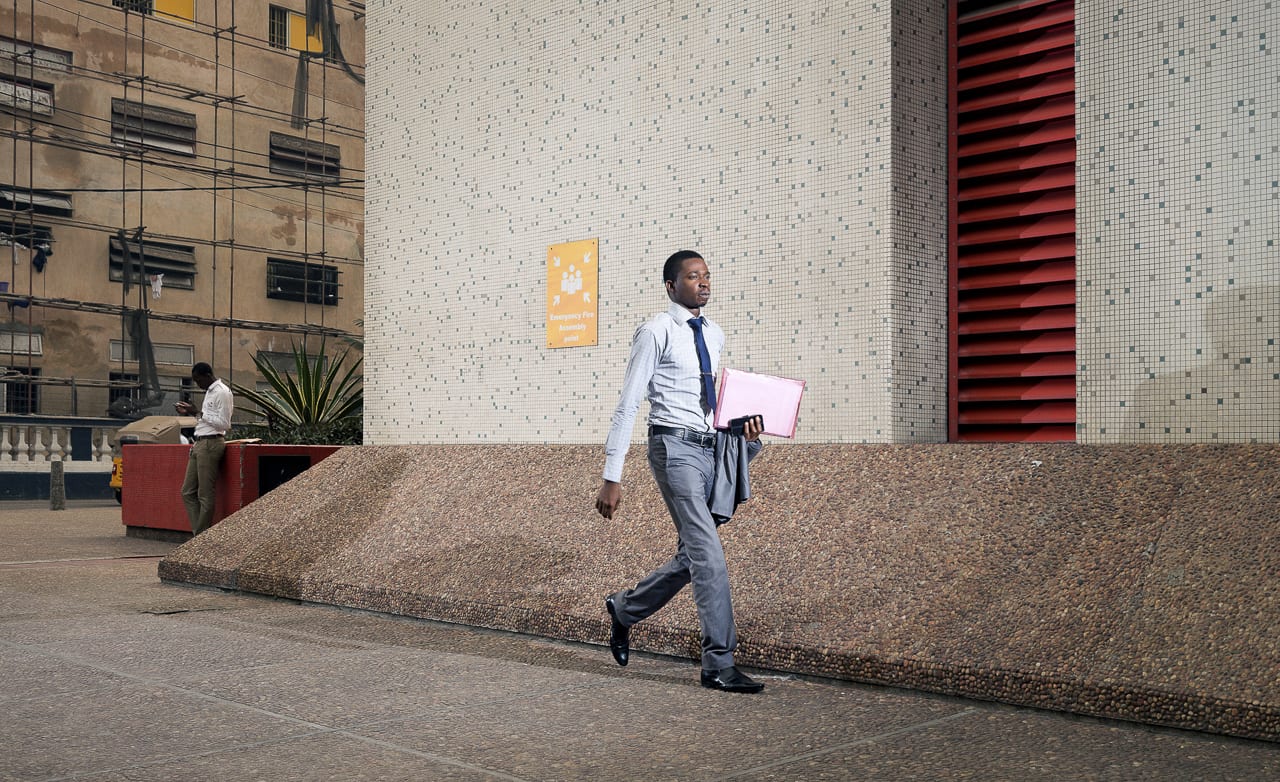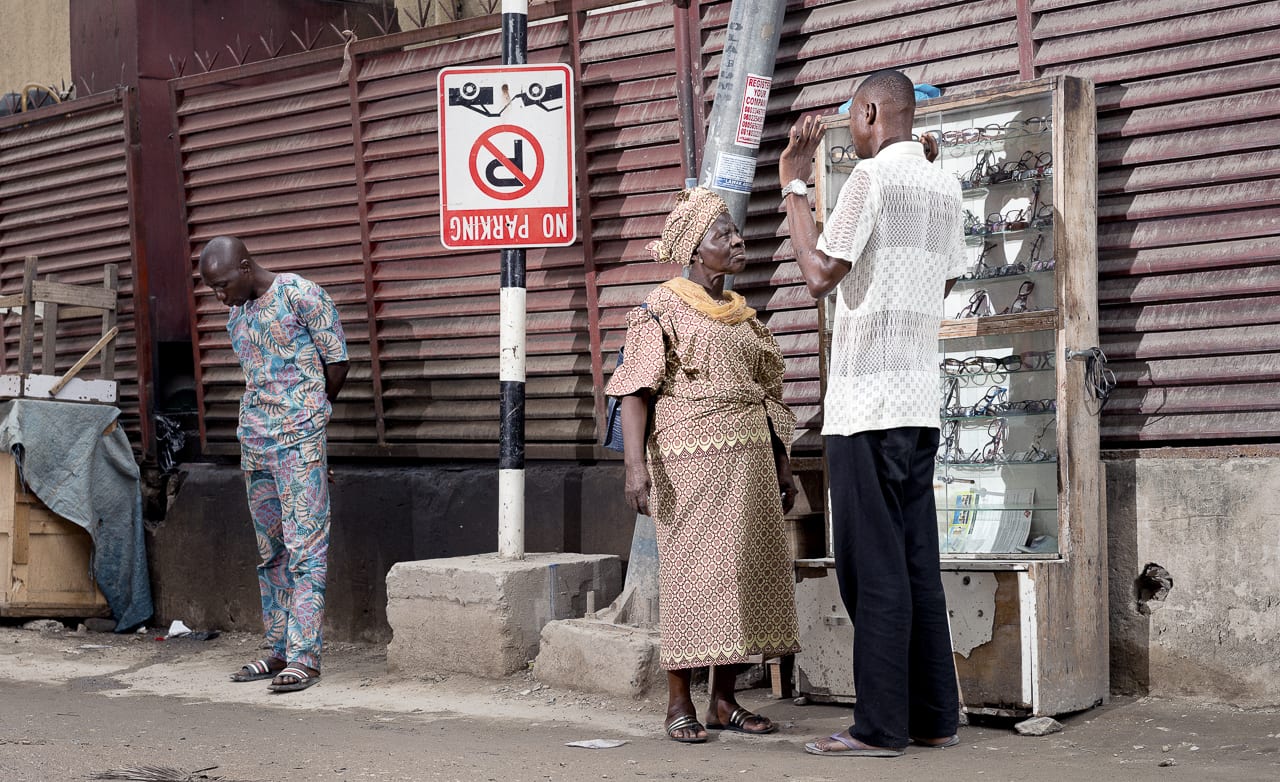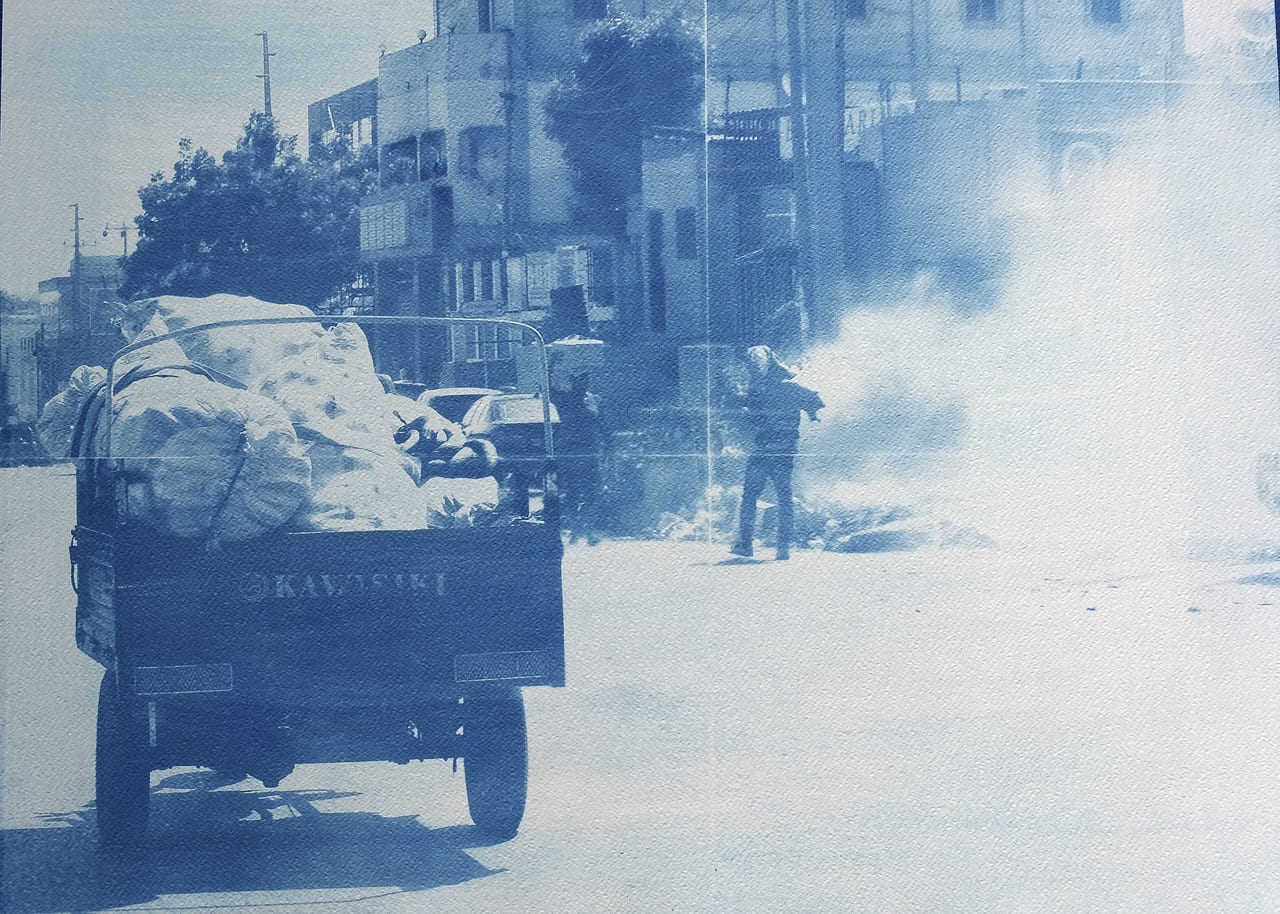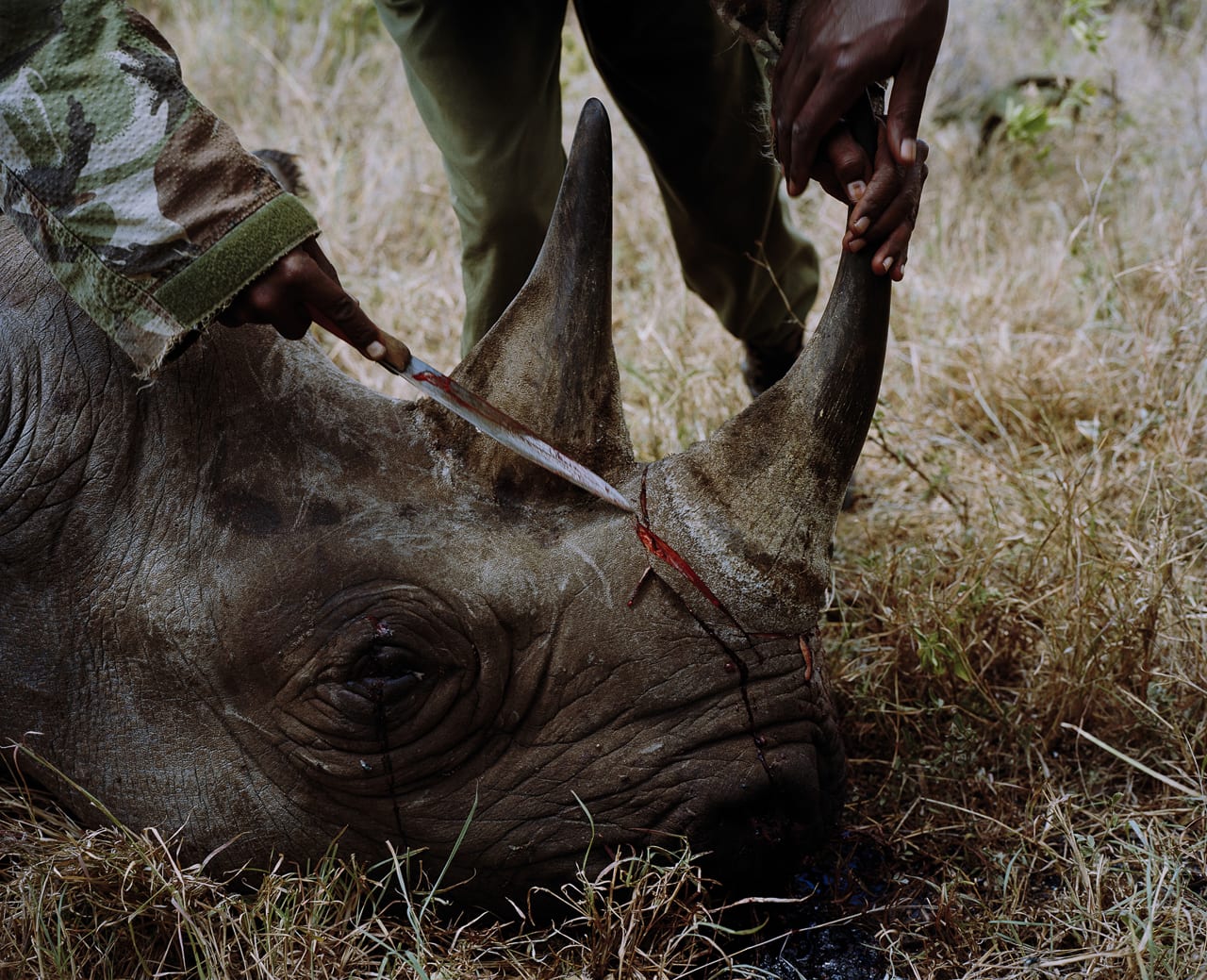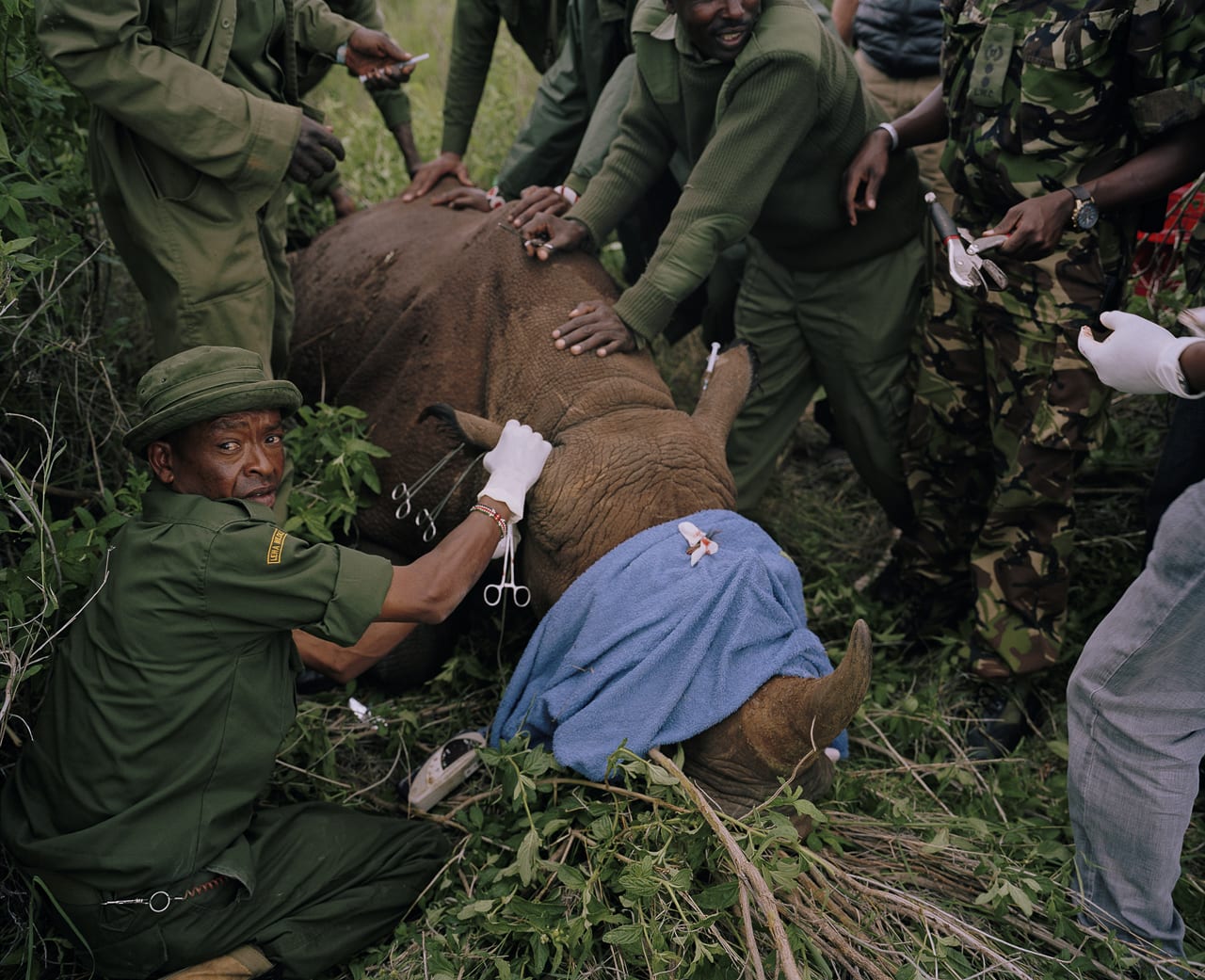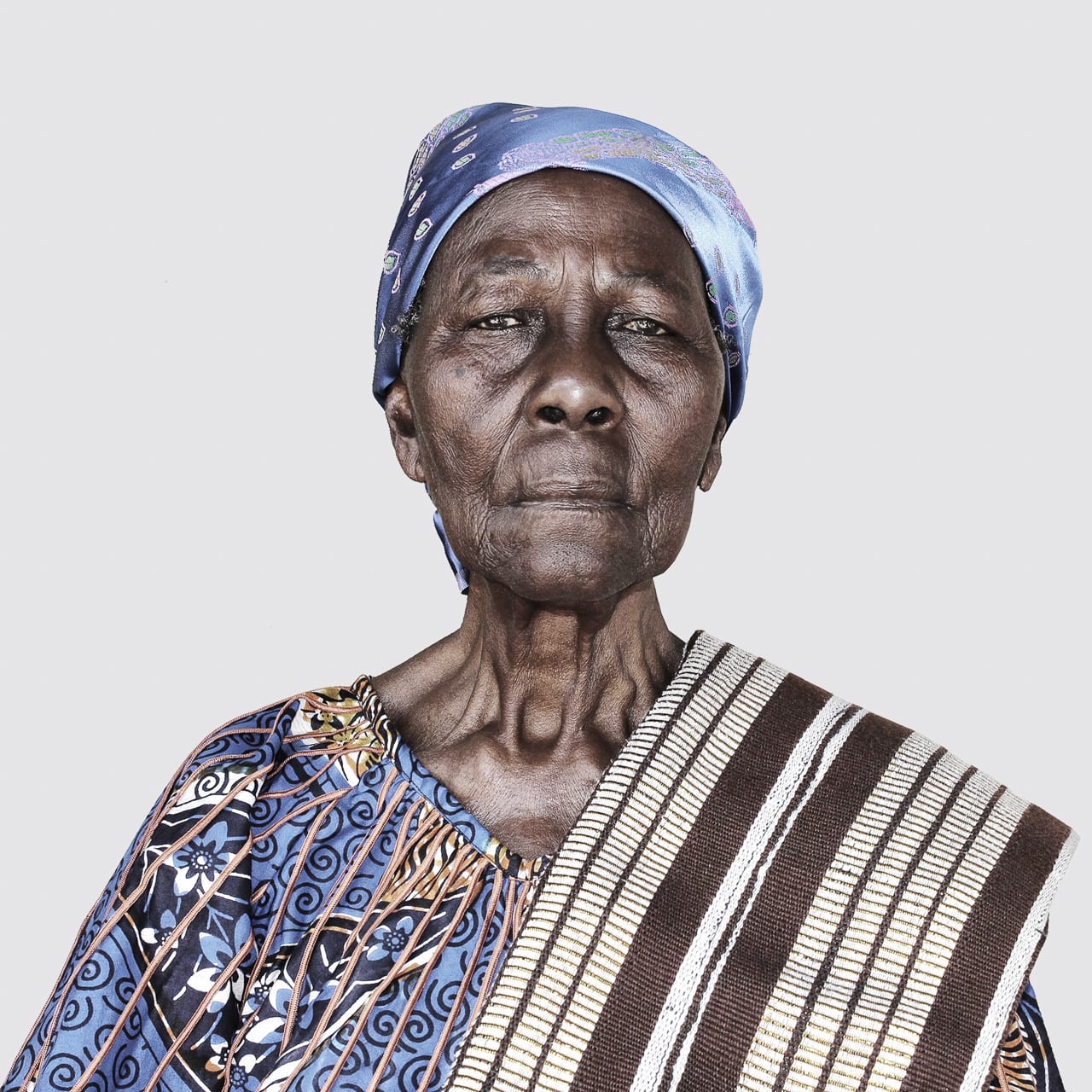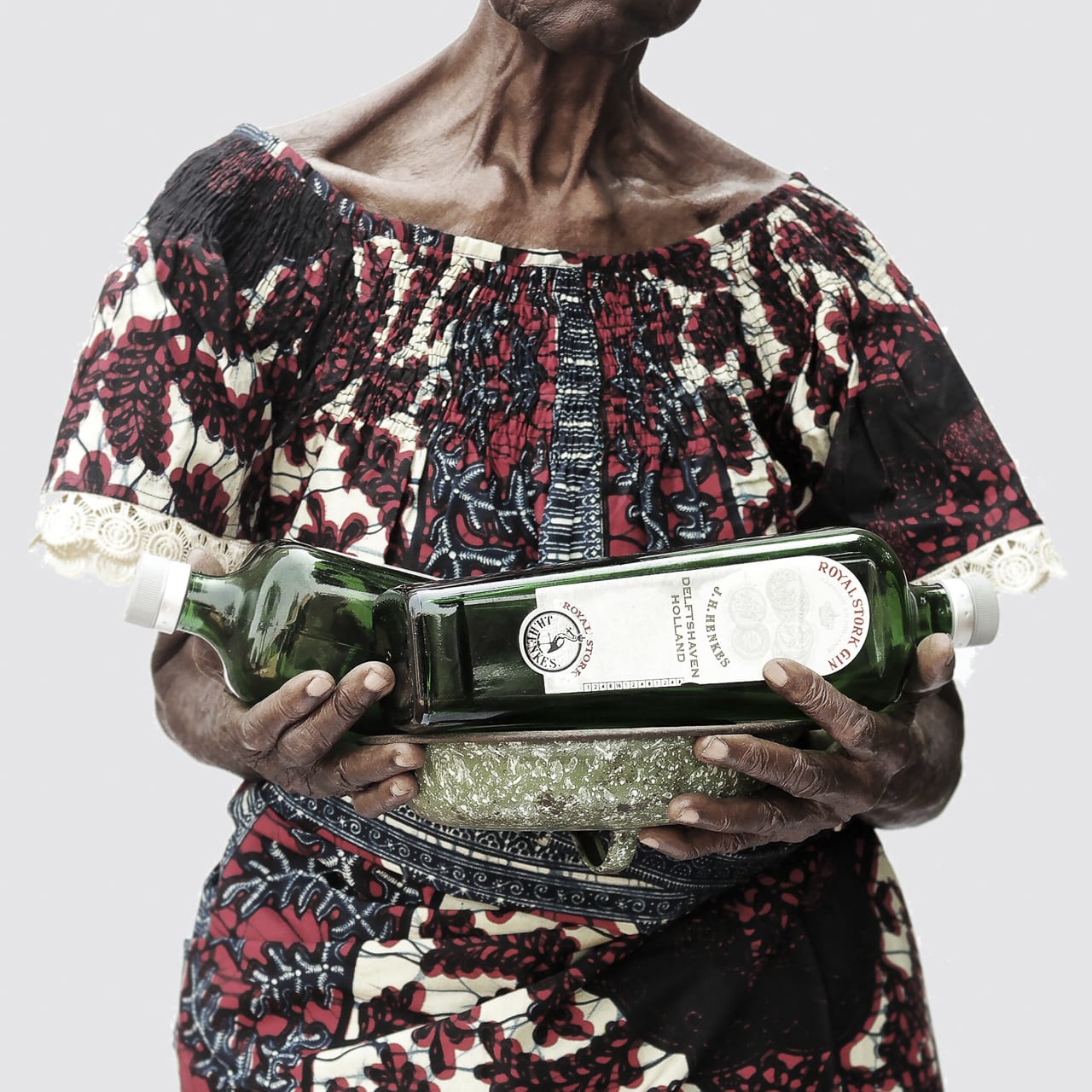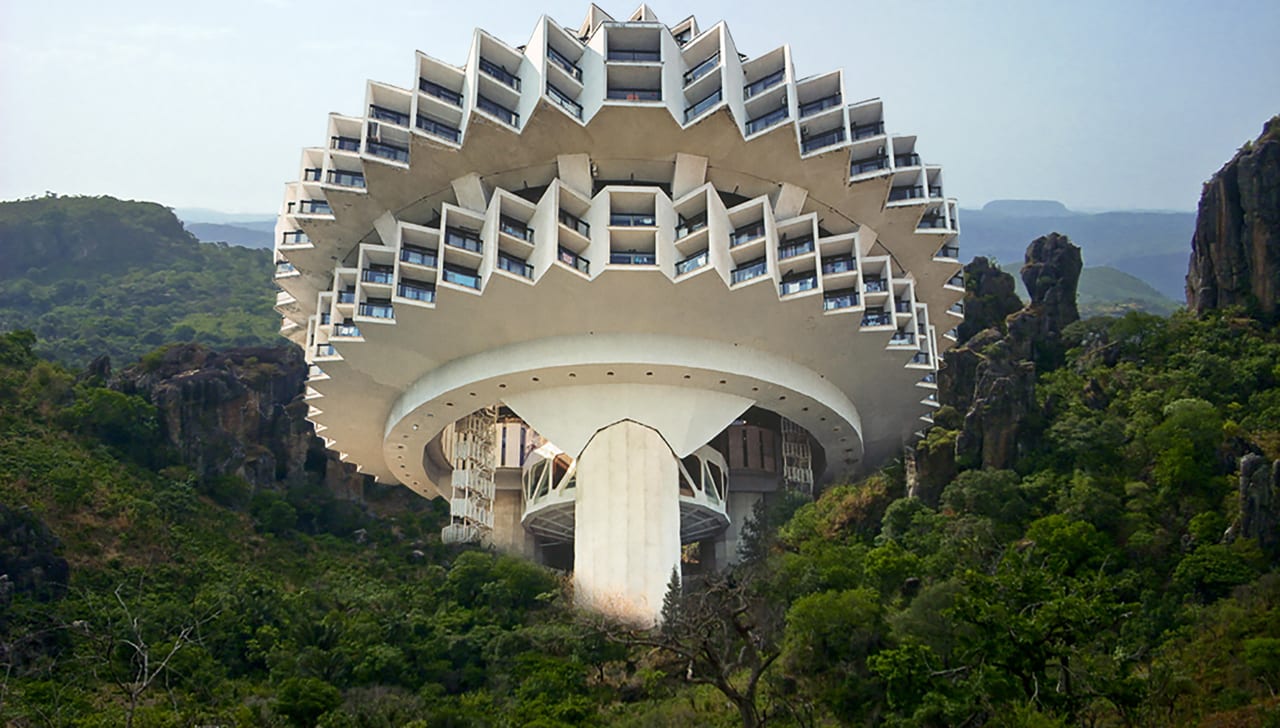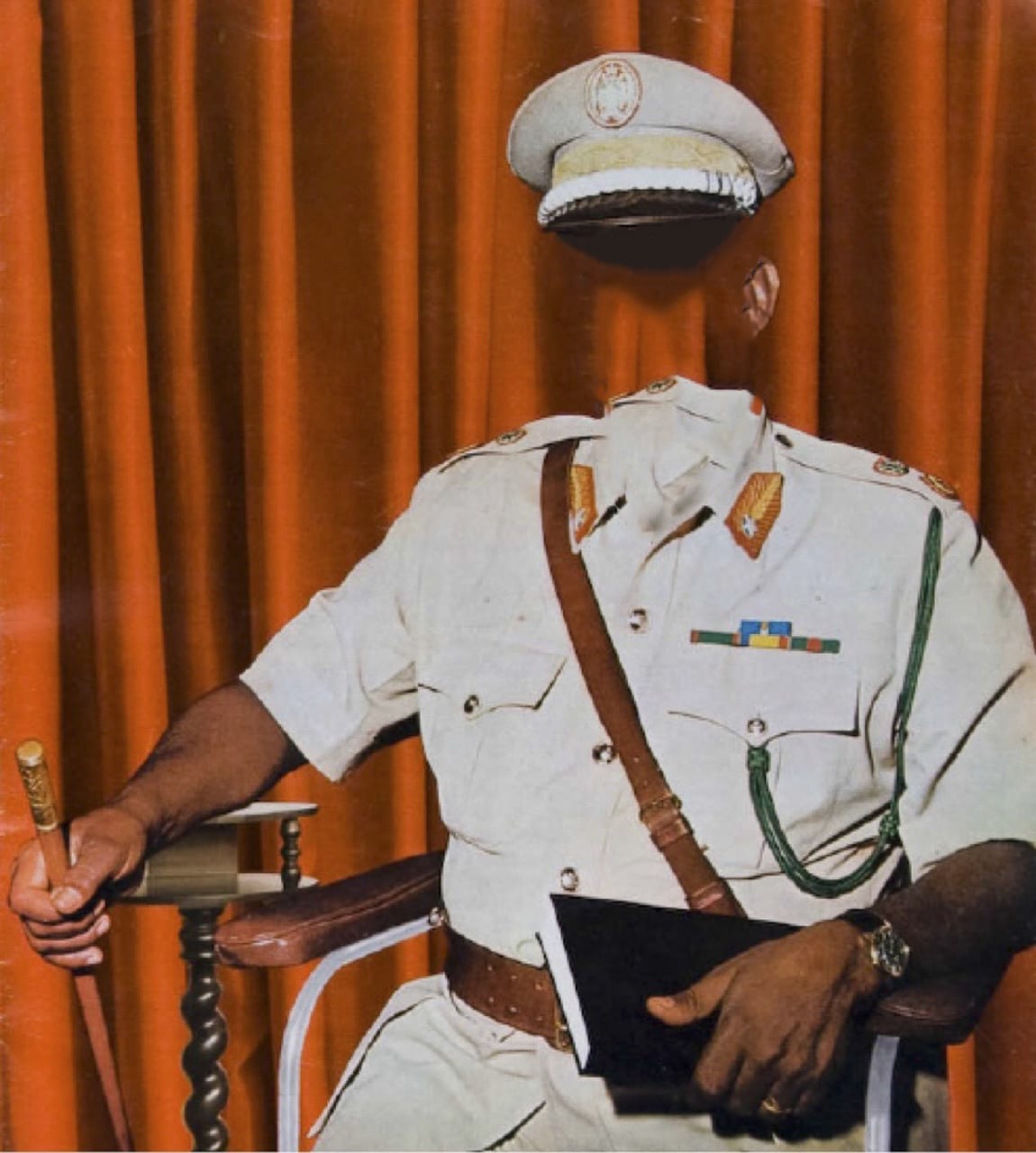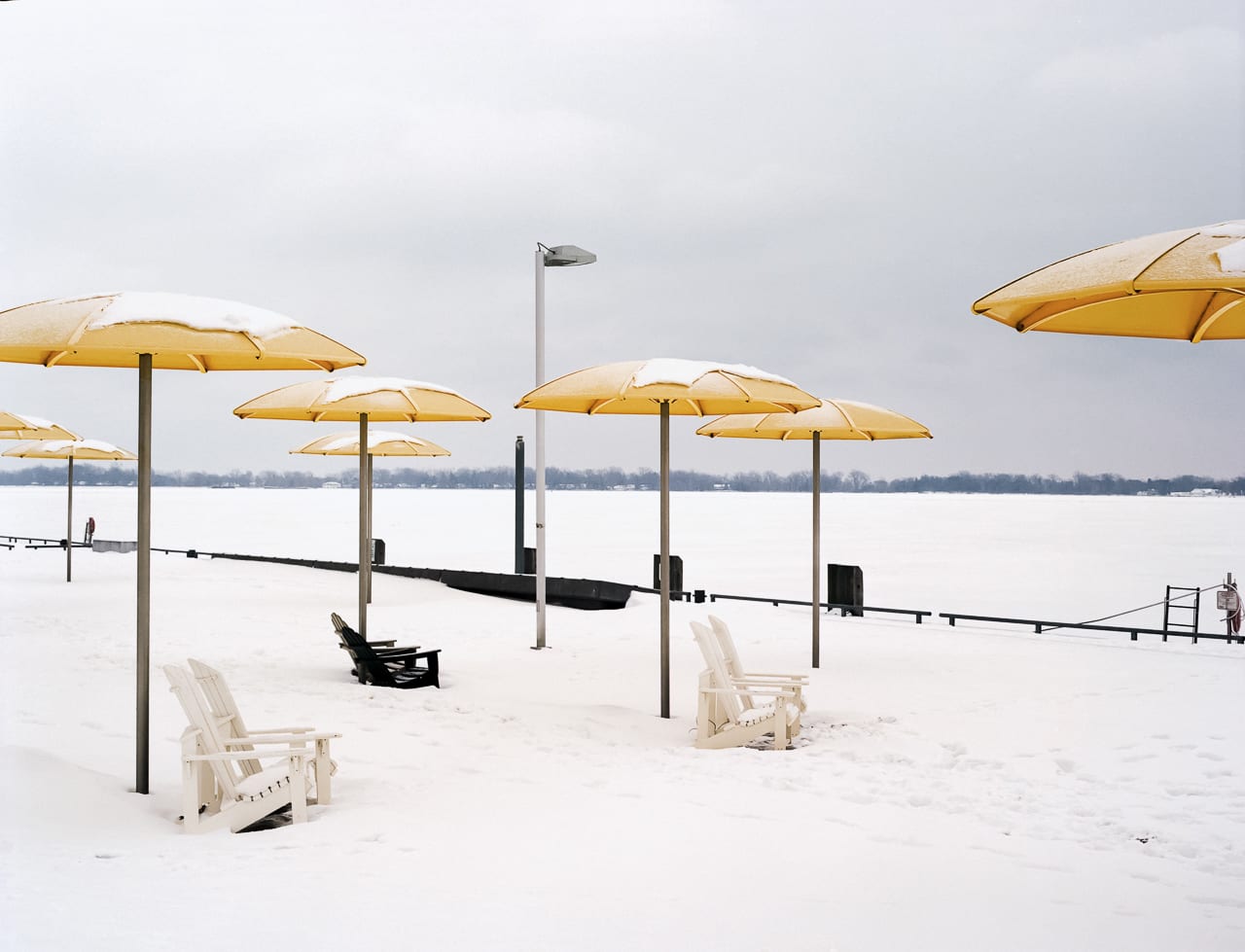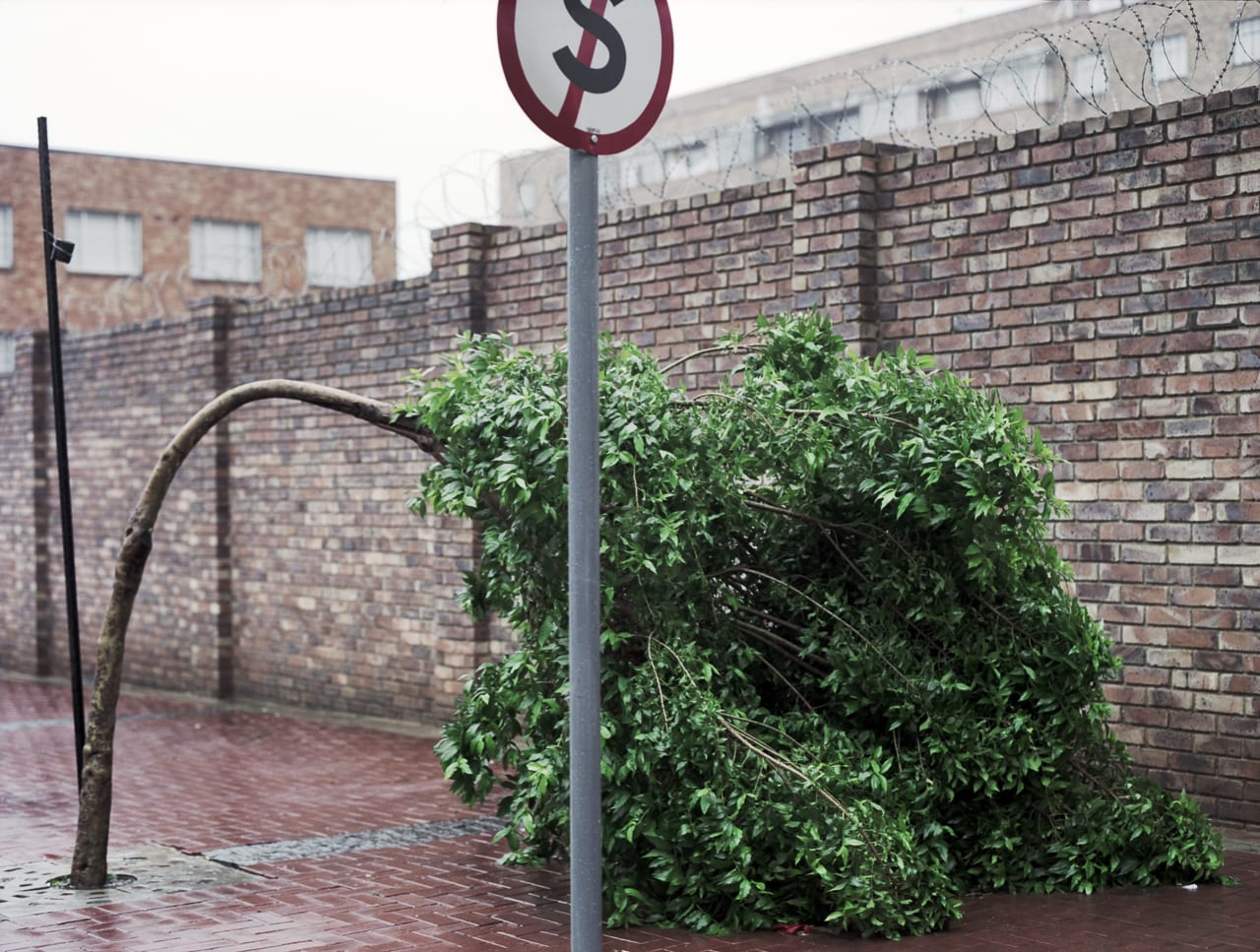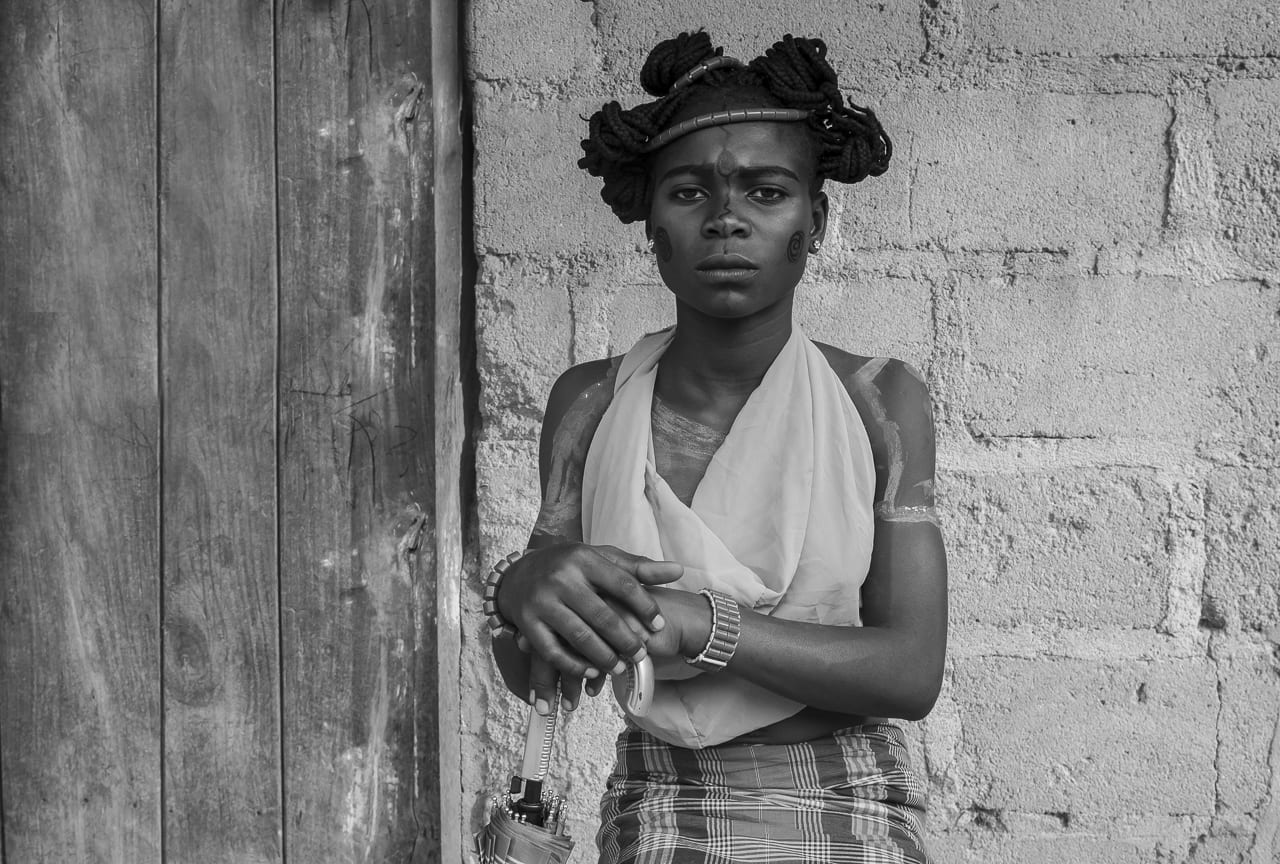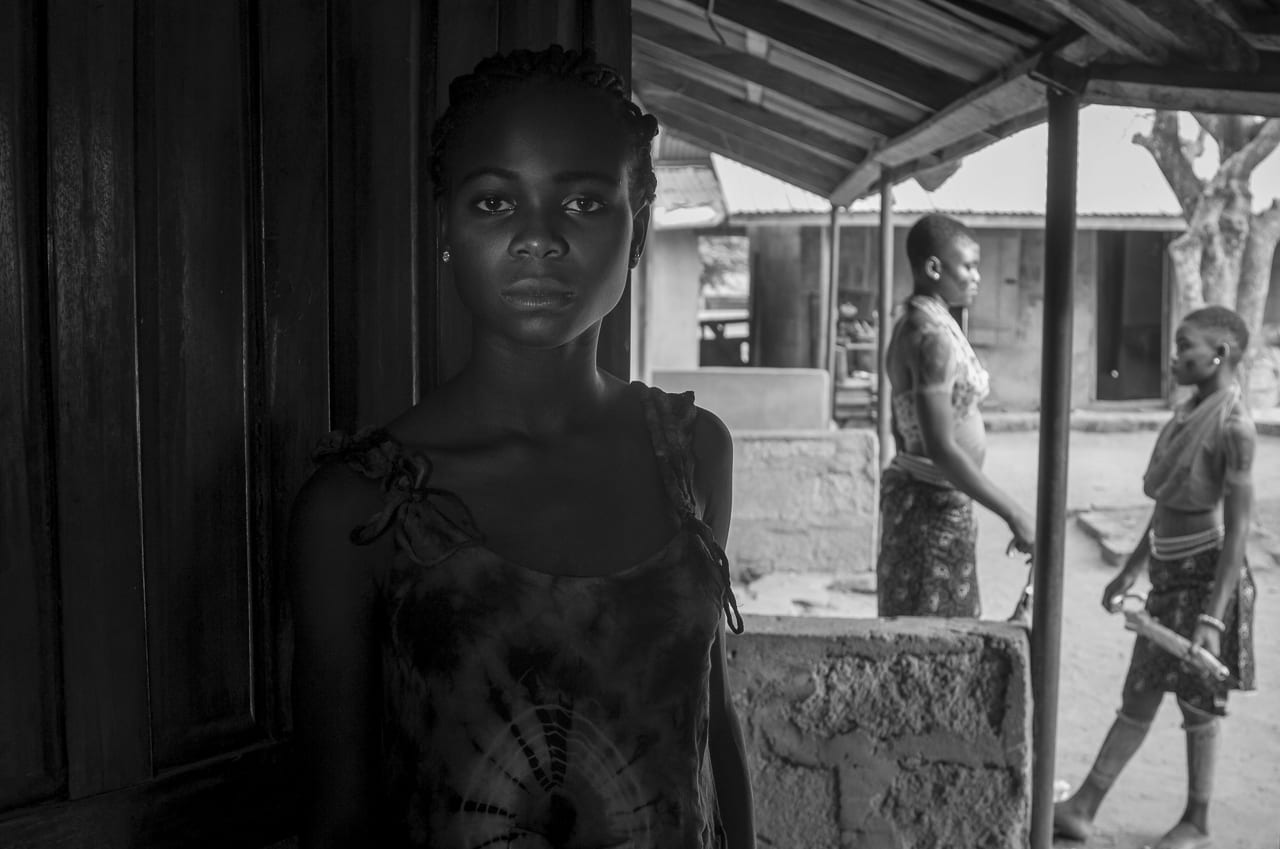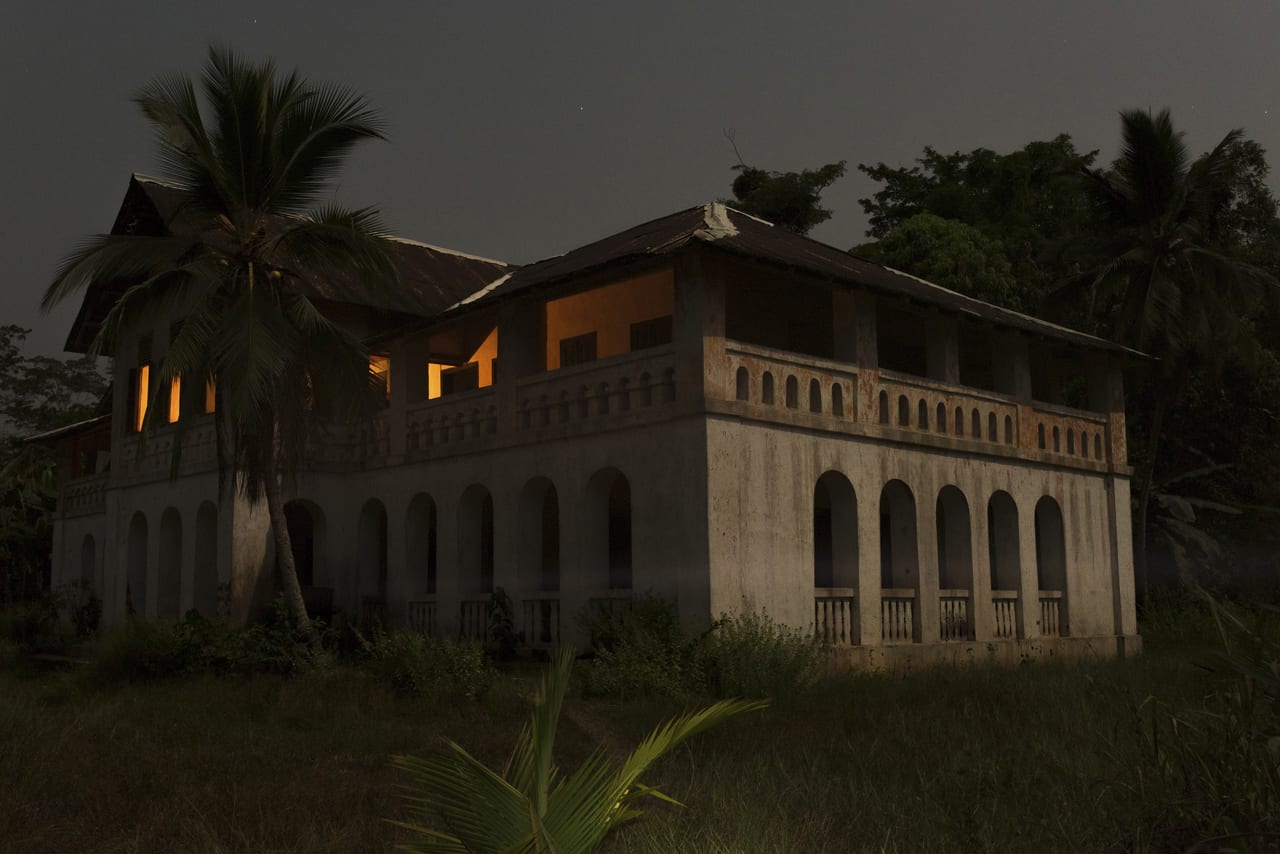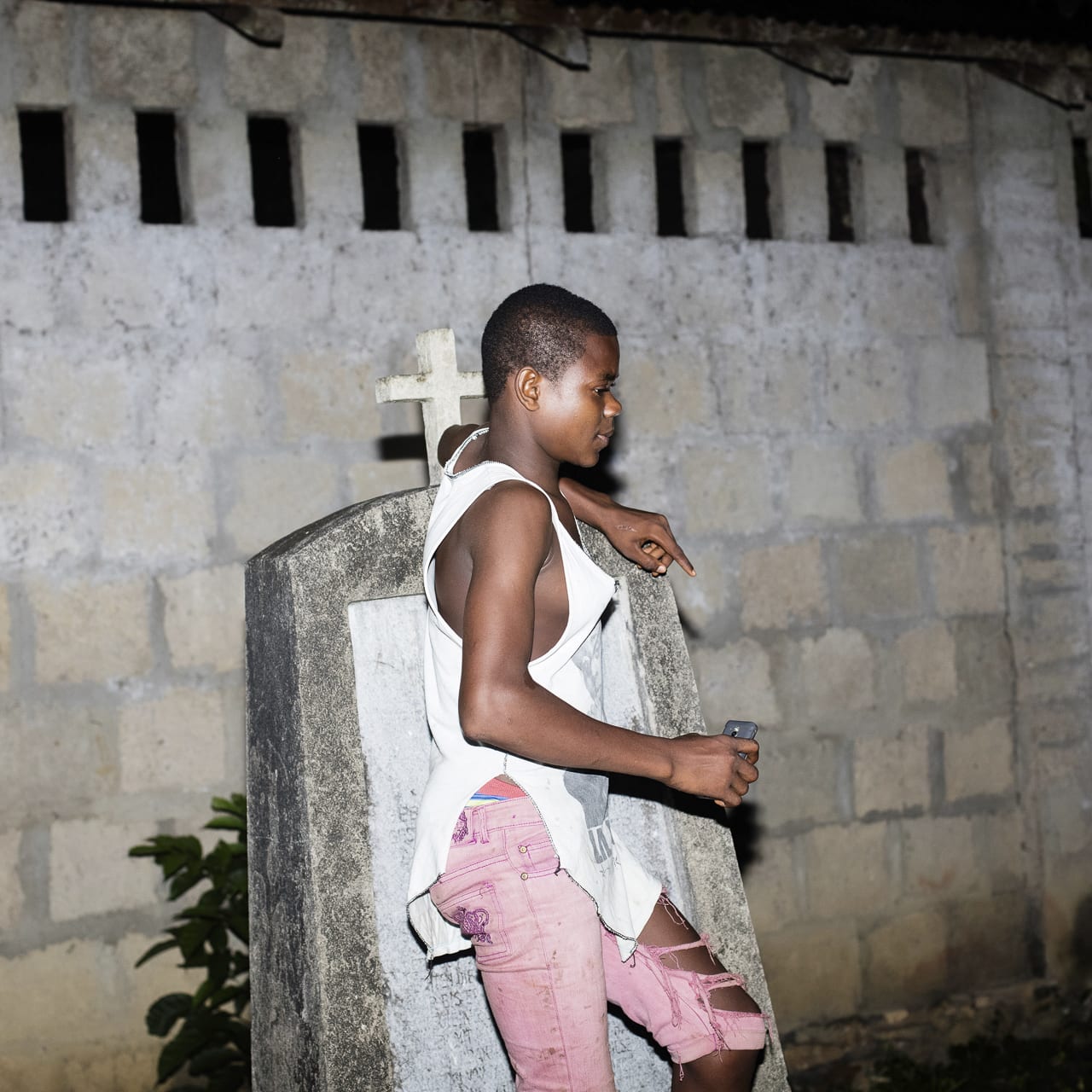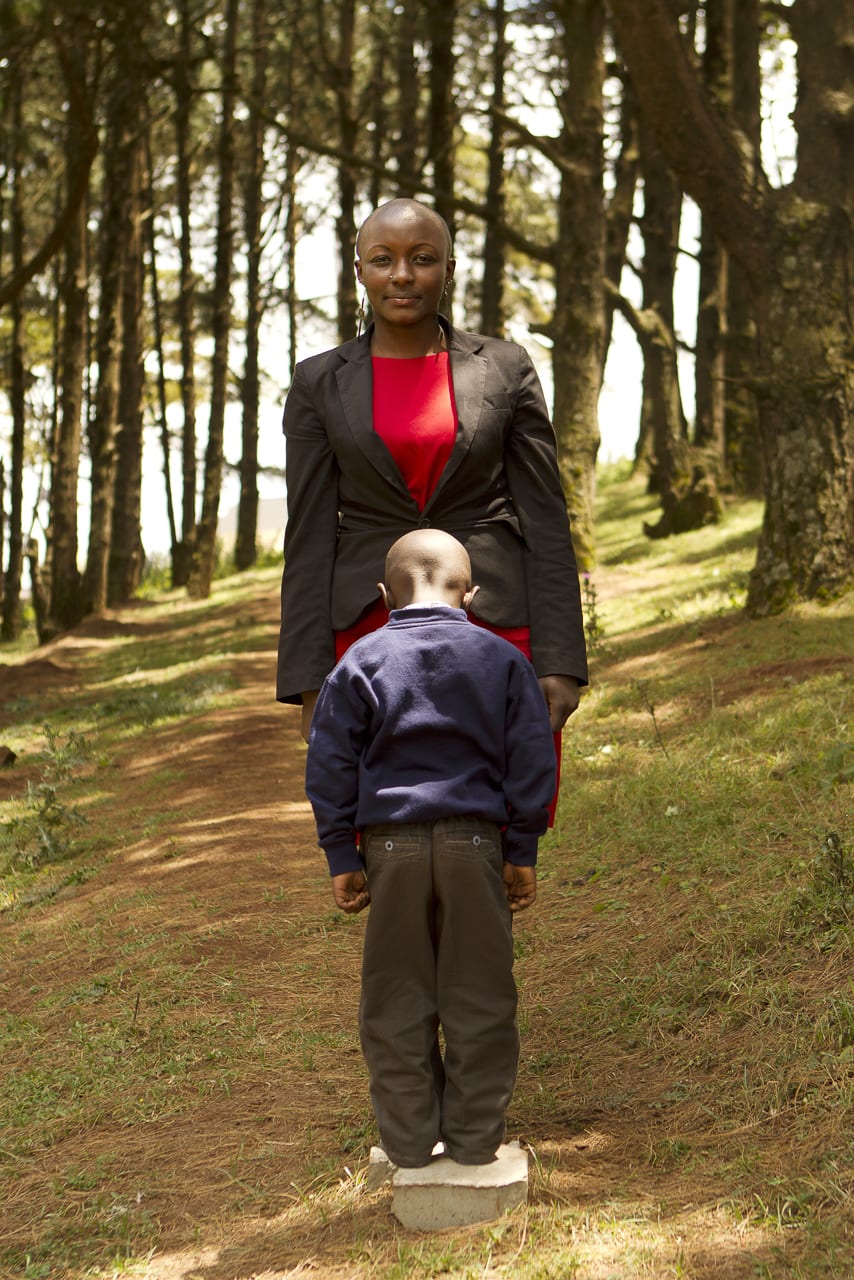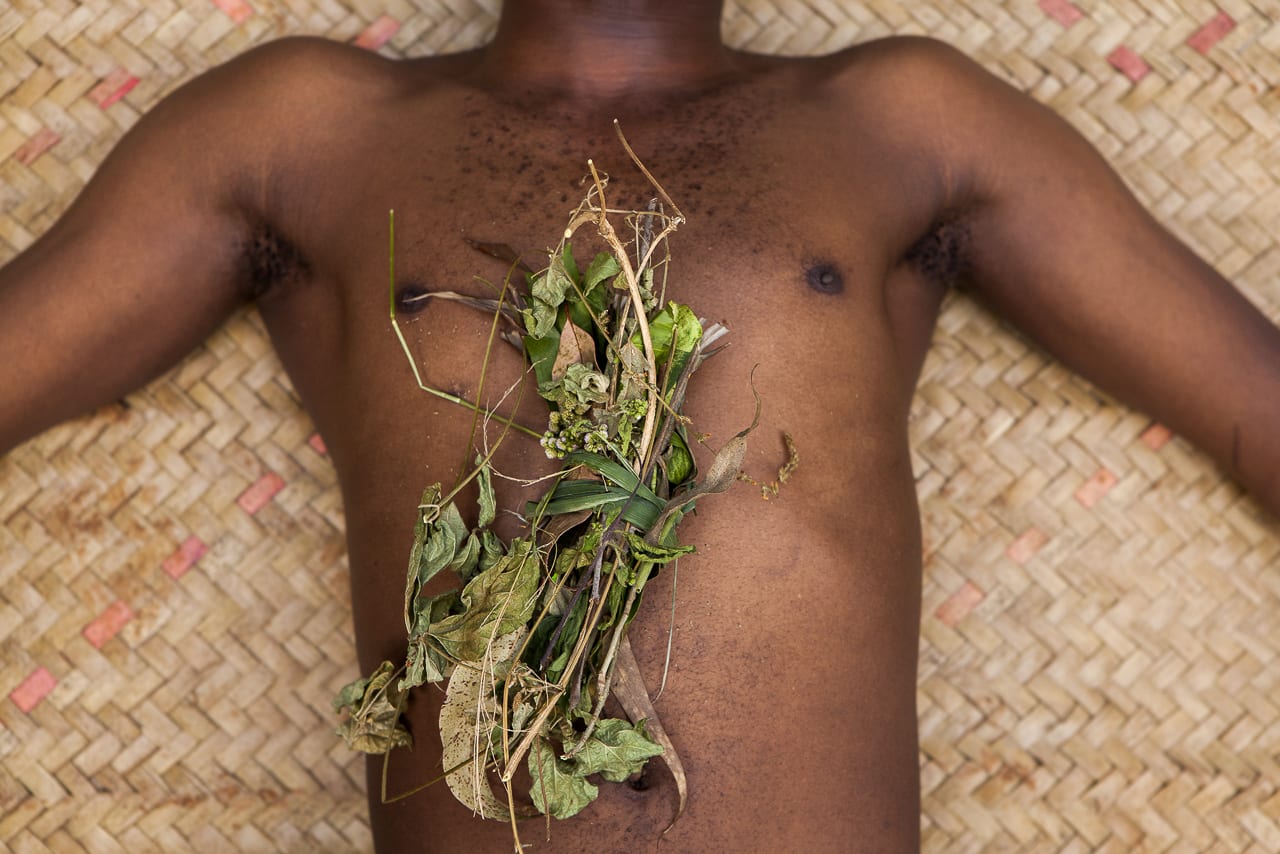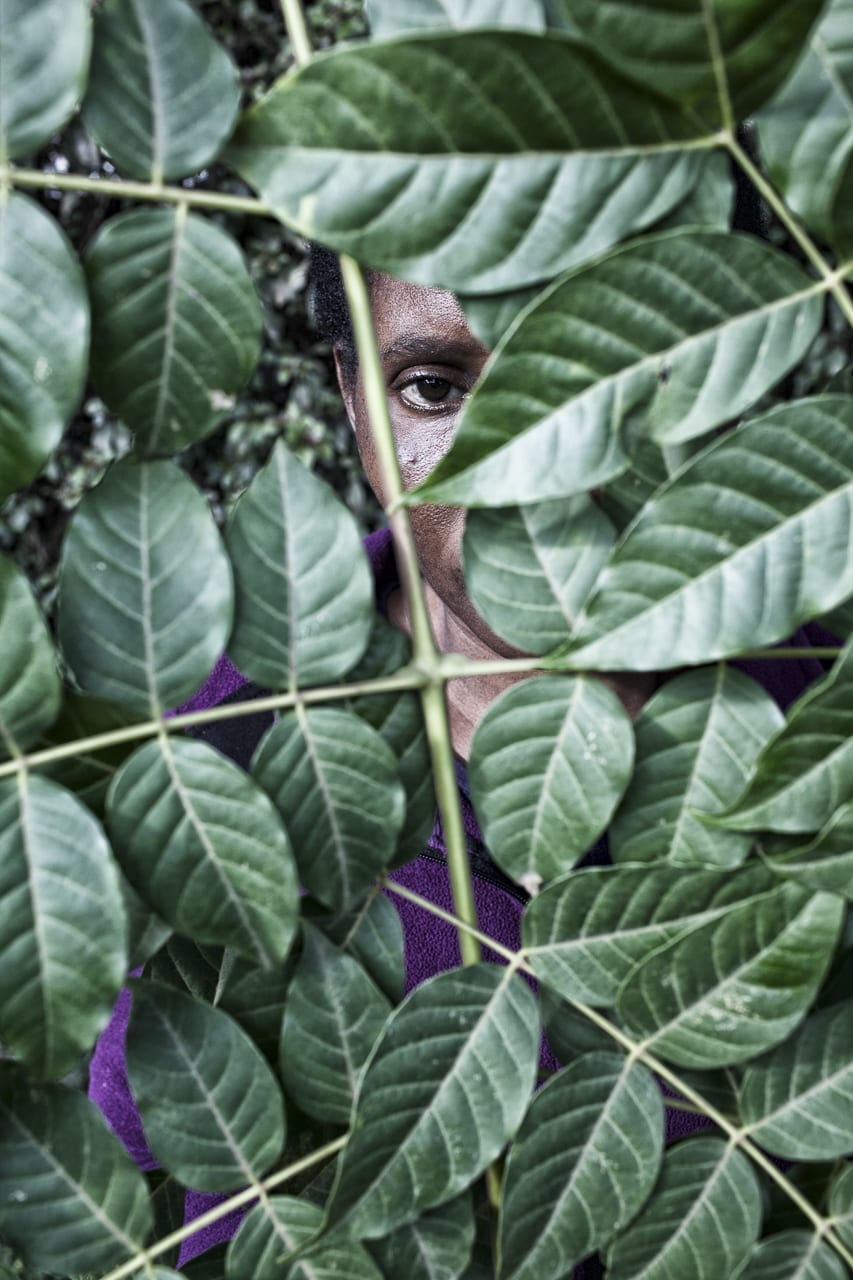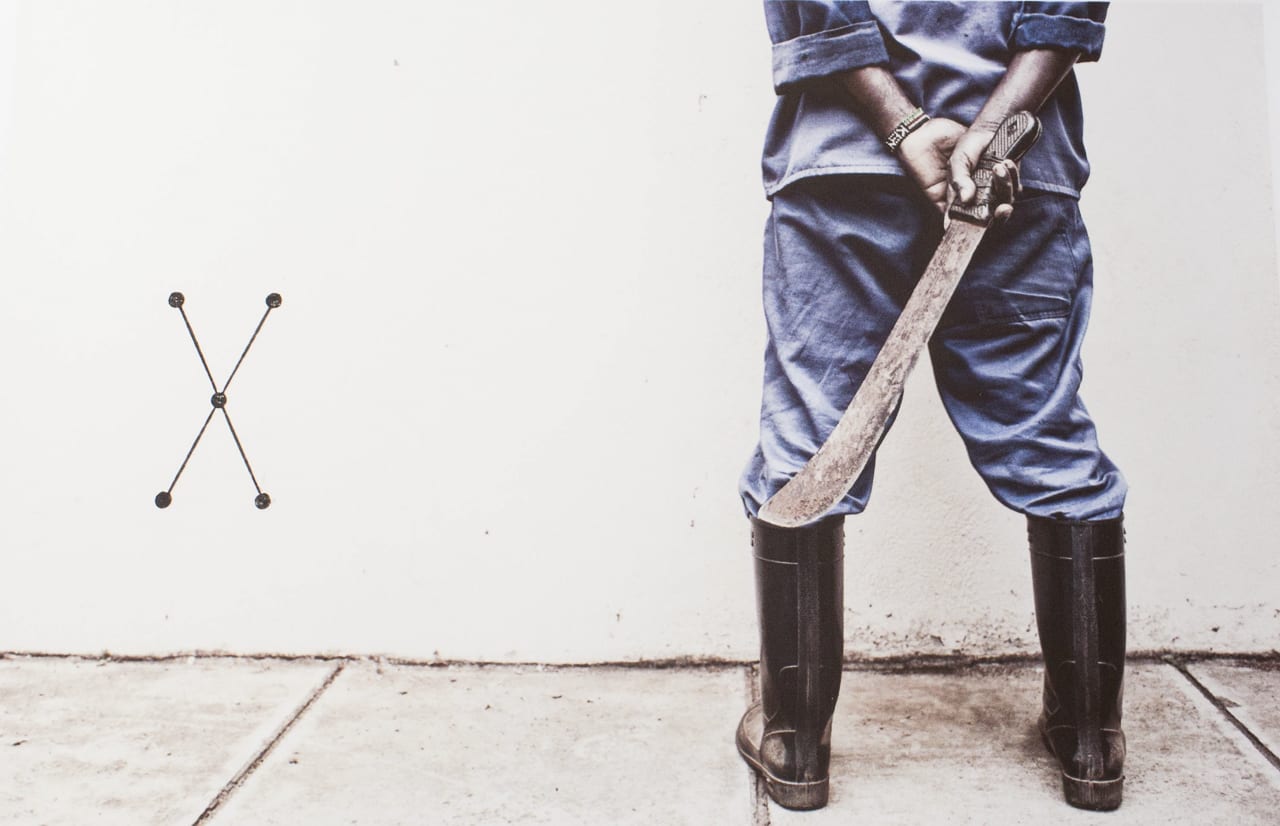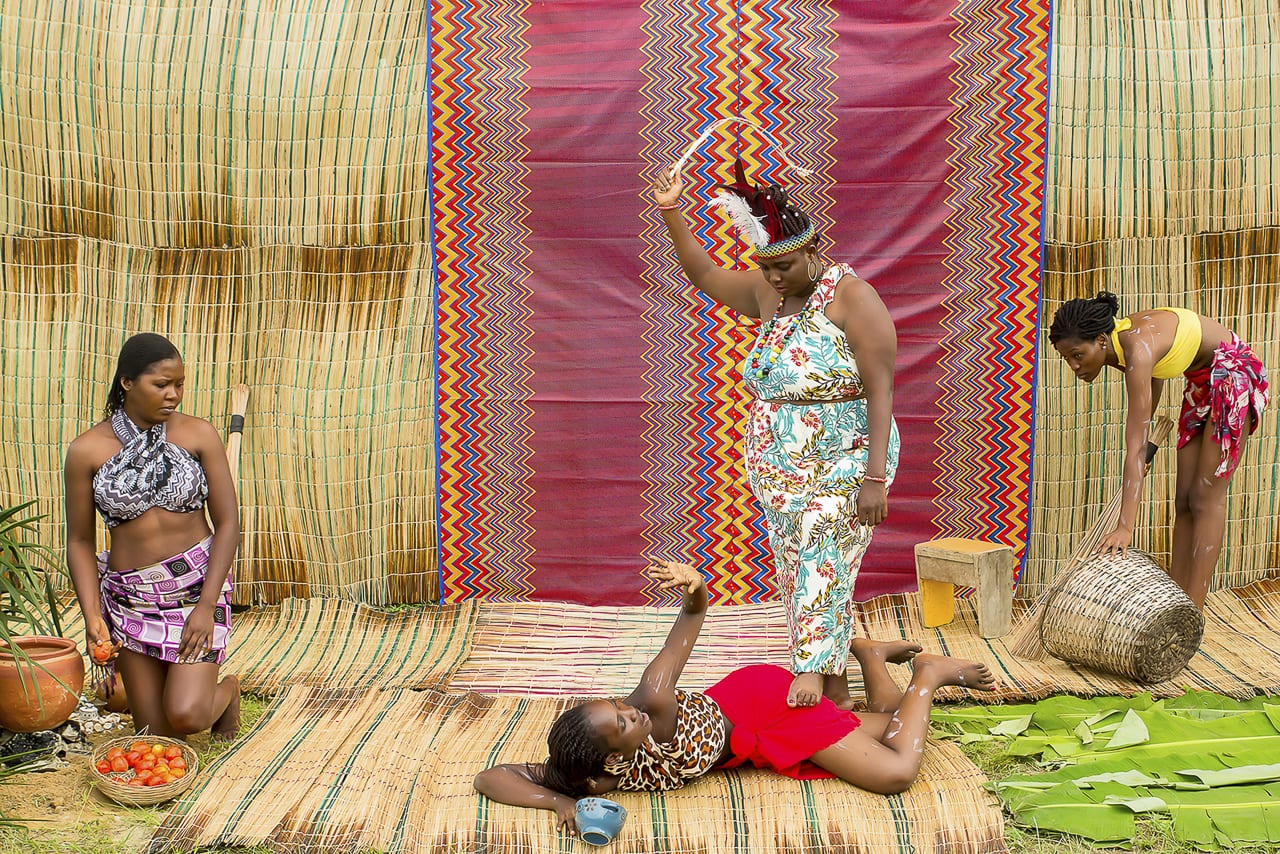Founded in 2012 by Swiss artist Benjamin Füglister, the Contemporary African Photography Prize aims “to raise the profile of African photography and encourage a rethinking of the image of Africa”.
Open to photographers from anywhere in the world whose work engages with the African continent or its diaspora, it picks out five winners every year and shows their work at major photography festivals around the world. This year 800 photographers entered, of whom 25 have made it to the shortlist.
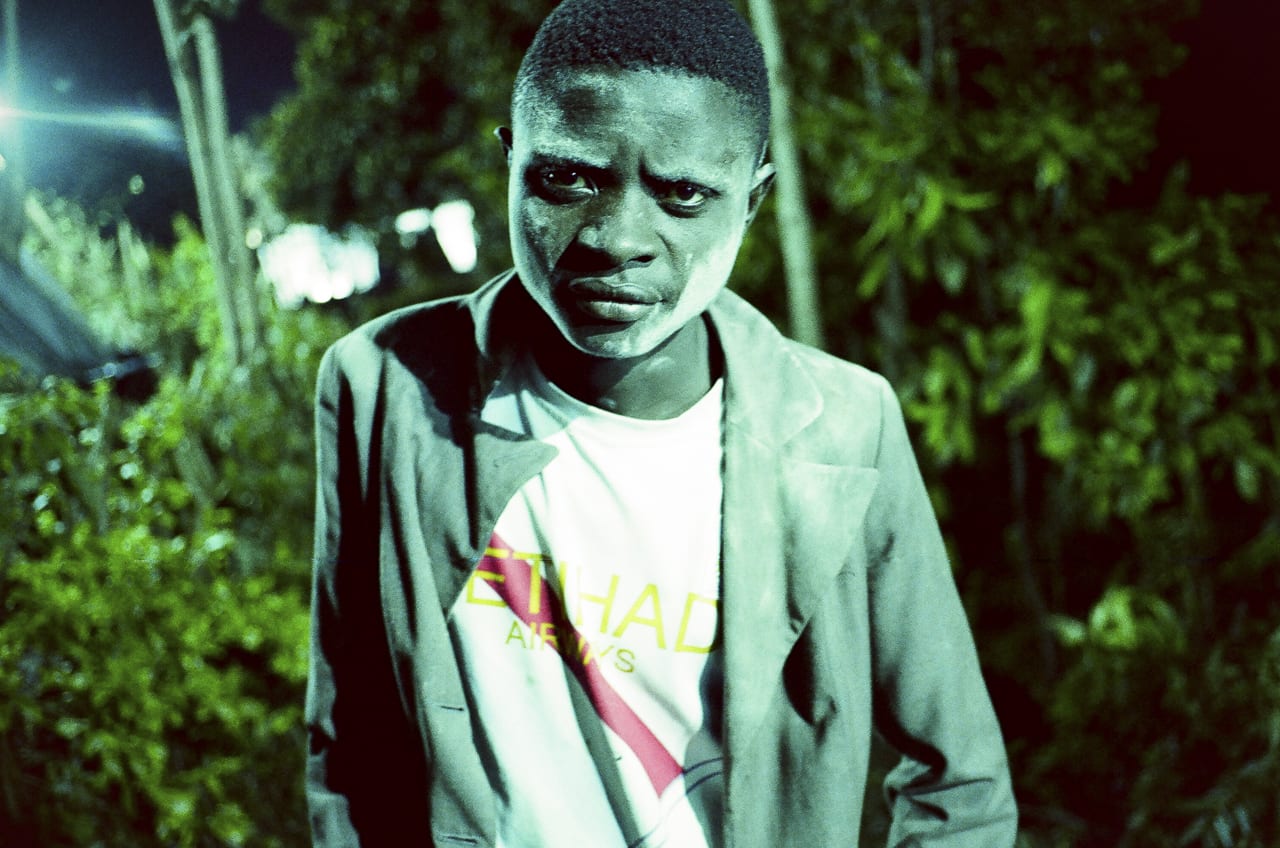
The selected photographers include Westerners now based in Africa such as Michele Sibiloni (now based in Uganda) and Gilles Nicolet (now based in Tanzania), as well as African-born photographers such as Amilton Neves Cuna, Esther Mbabazi, and Phumzile Khanyile. The shortlisted stories engage with a wide range of issues, including female access to swimming lessons in Zanzibar, the economic downturn in Luanda, and female genital mutilation.
The five winners will be announced at Photo Basel International Art Fair in June 2018. They were picked out by an international jury which included: Azu Nwagbogu, director, Lagos Photo Festival, Nigeria; Lekgetho James Makola, director, market photo workshop, South Africa; Jeanne Mercier, curator and editor, Afrique in Visu, France; Yumi Goto, curator and director, Reminders Photography Stronghold, Japan; Shahidul Alam, photographer and director, Chobi Mela, Bangladesh; Peter DiCampo, photographer and co-founder, Everyday Africa, USA; and BJP‘s editor Simon Bainbridge.
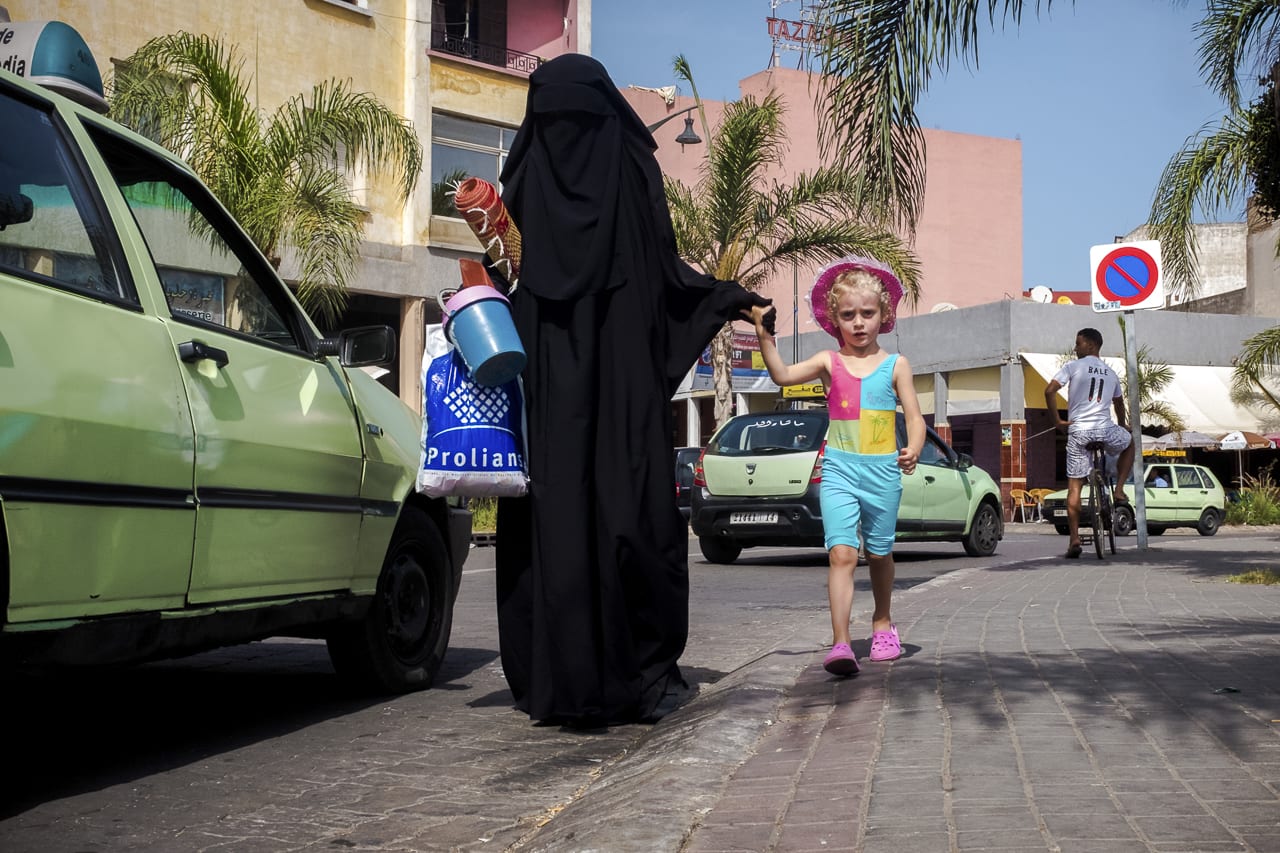

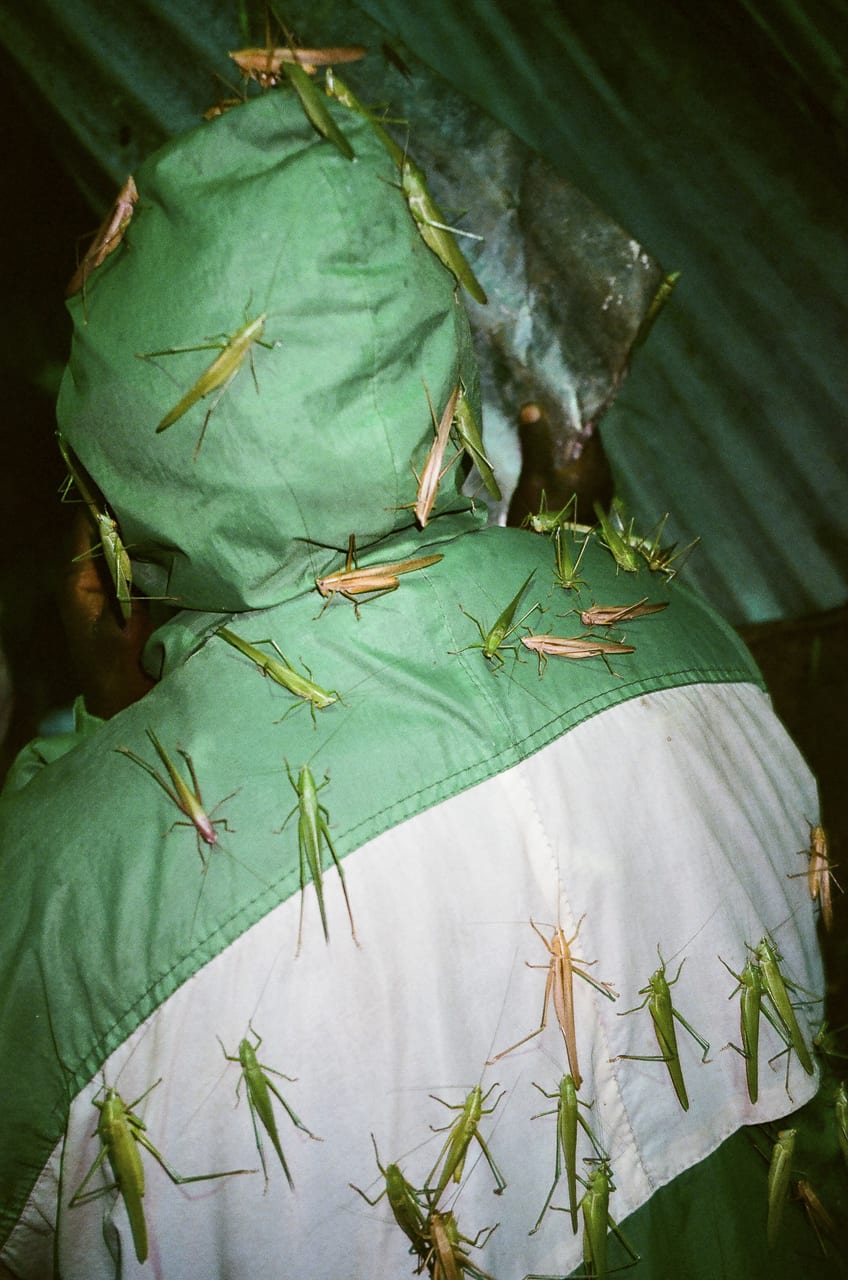
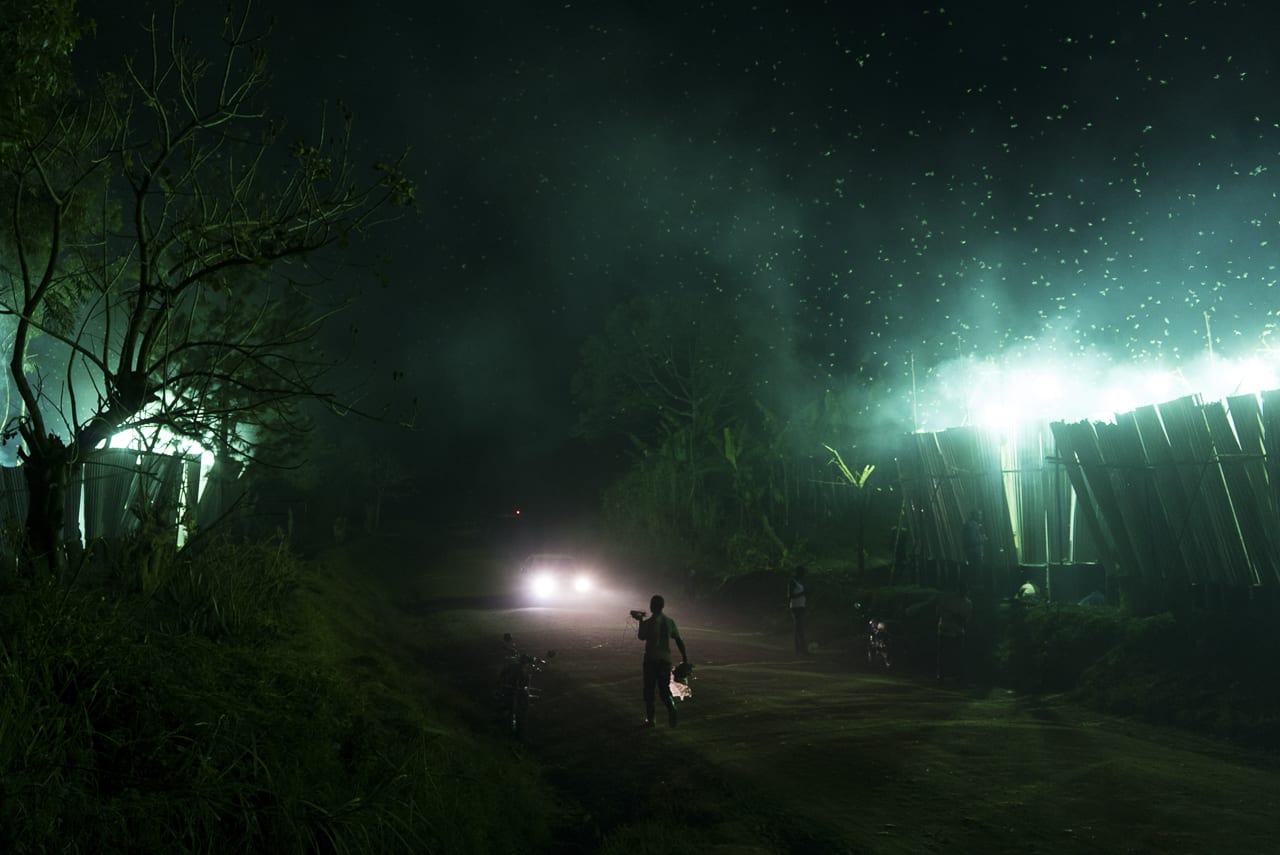
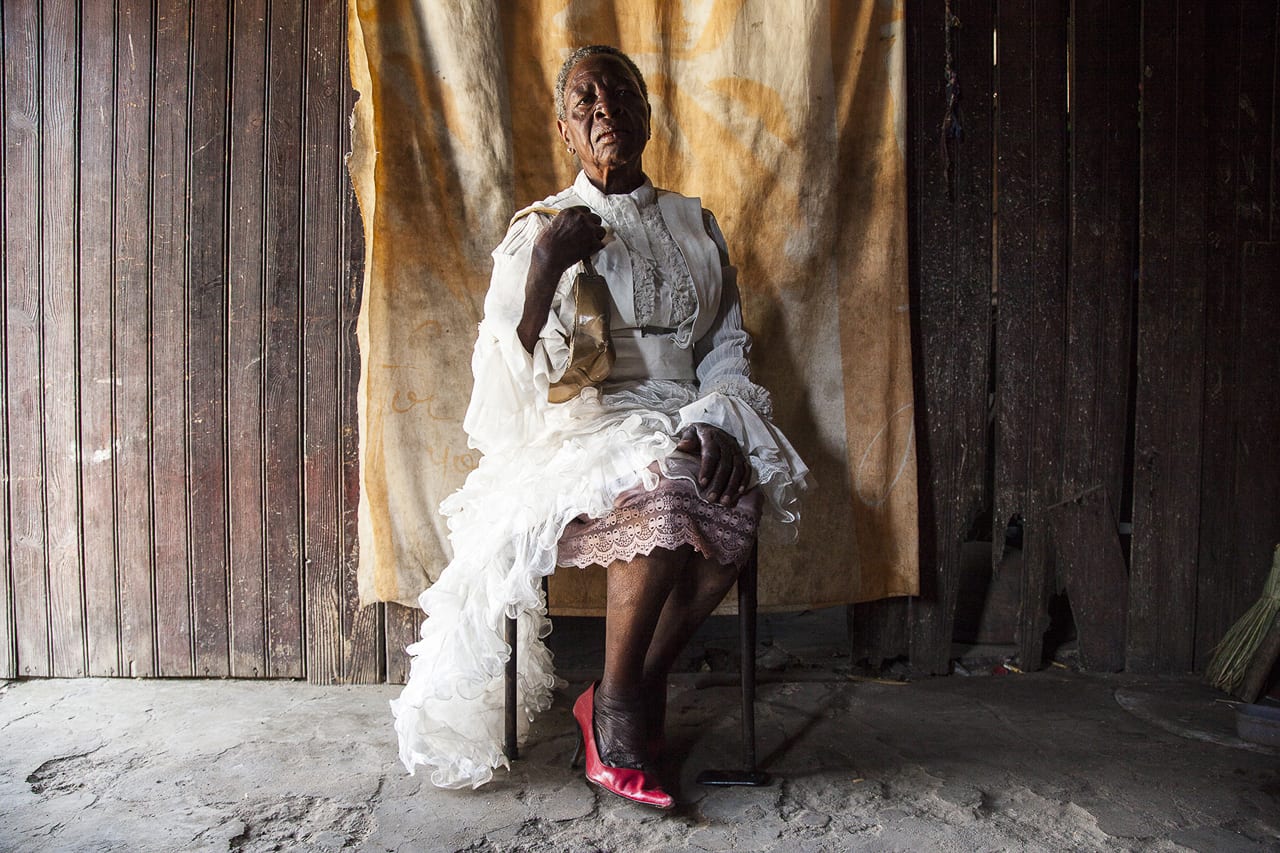
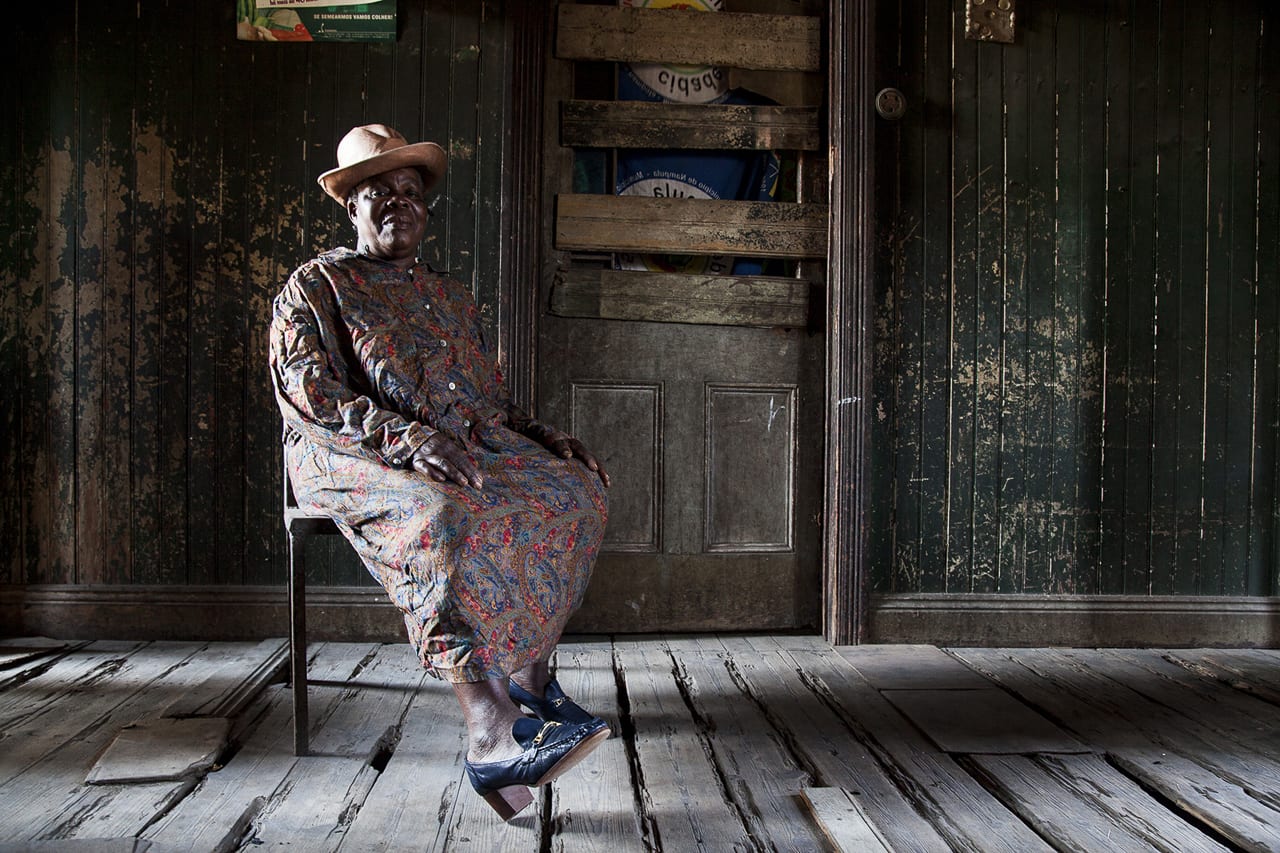
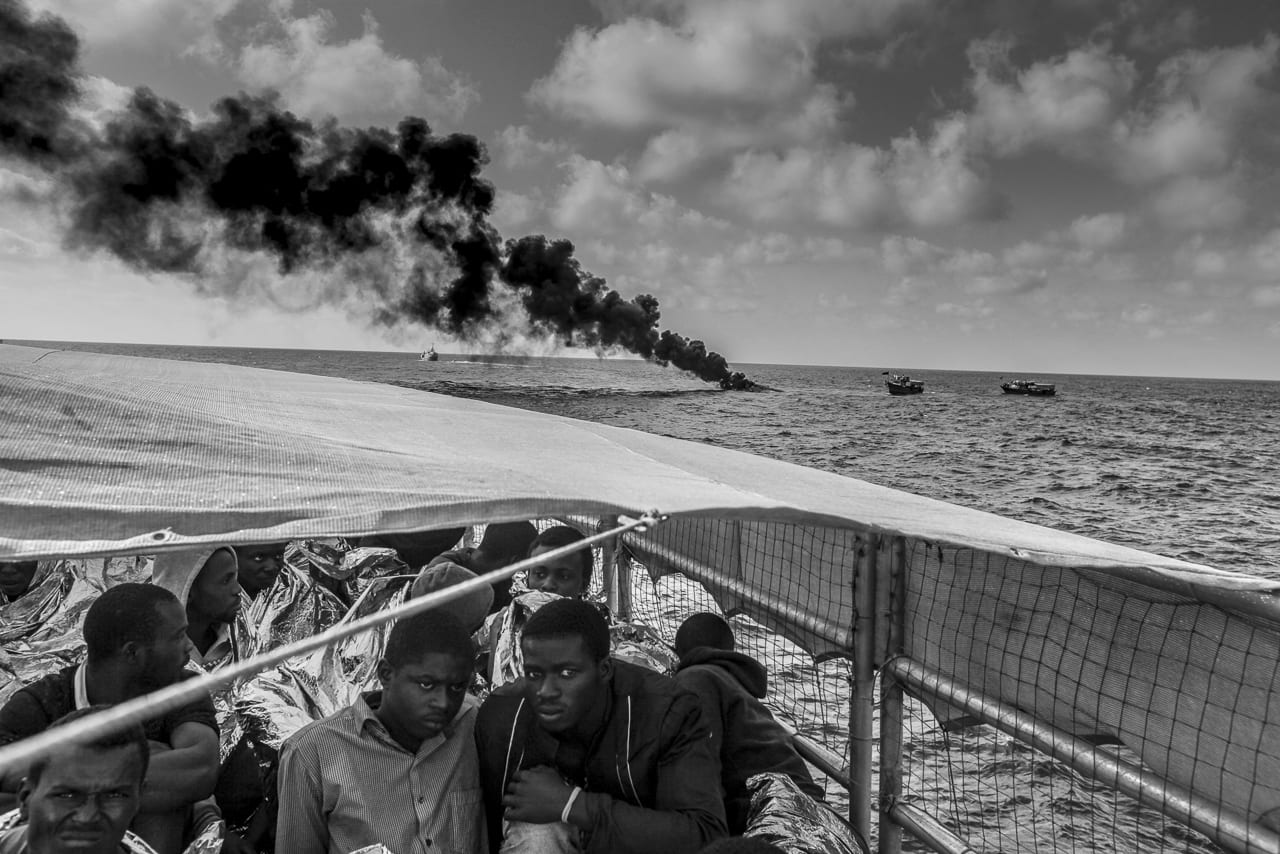
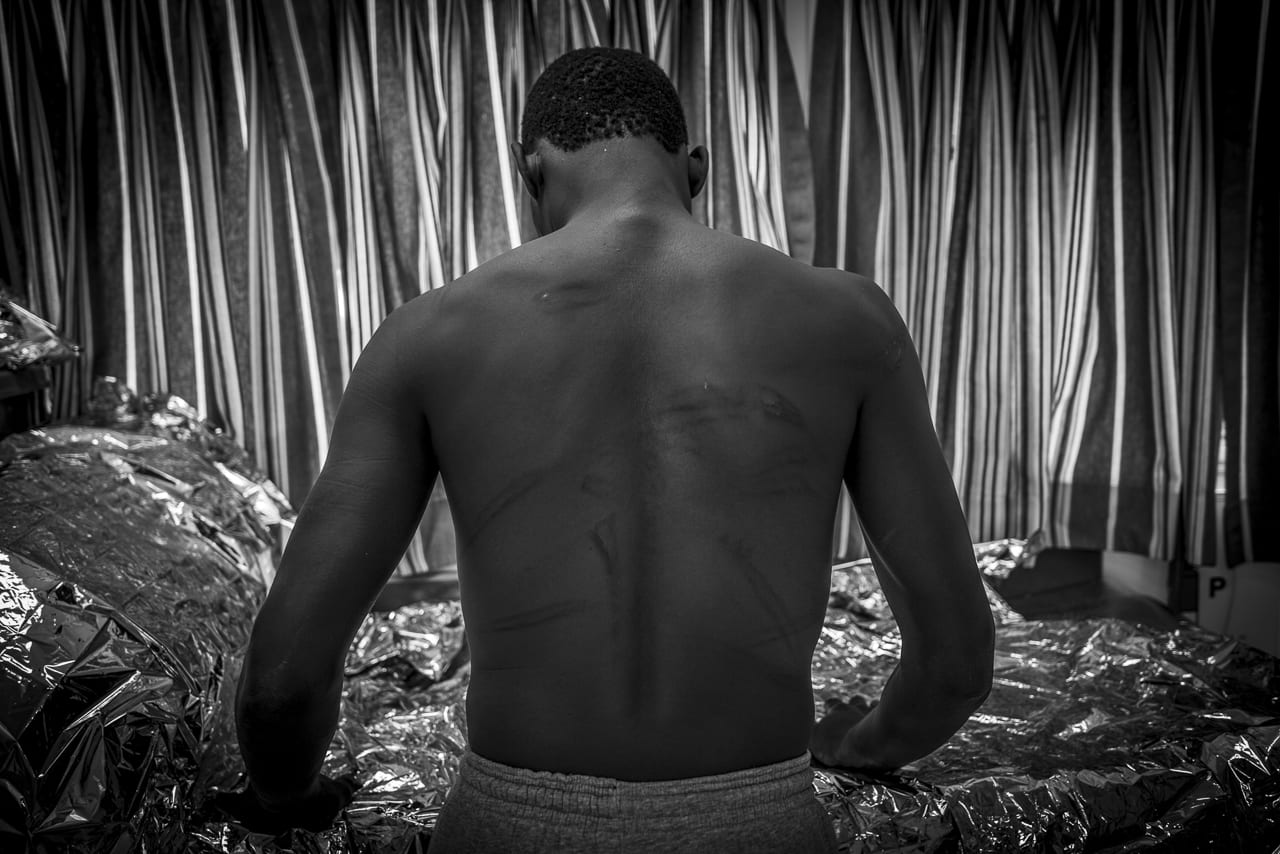
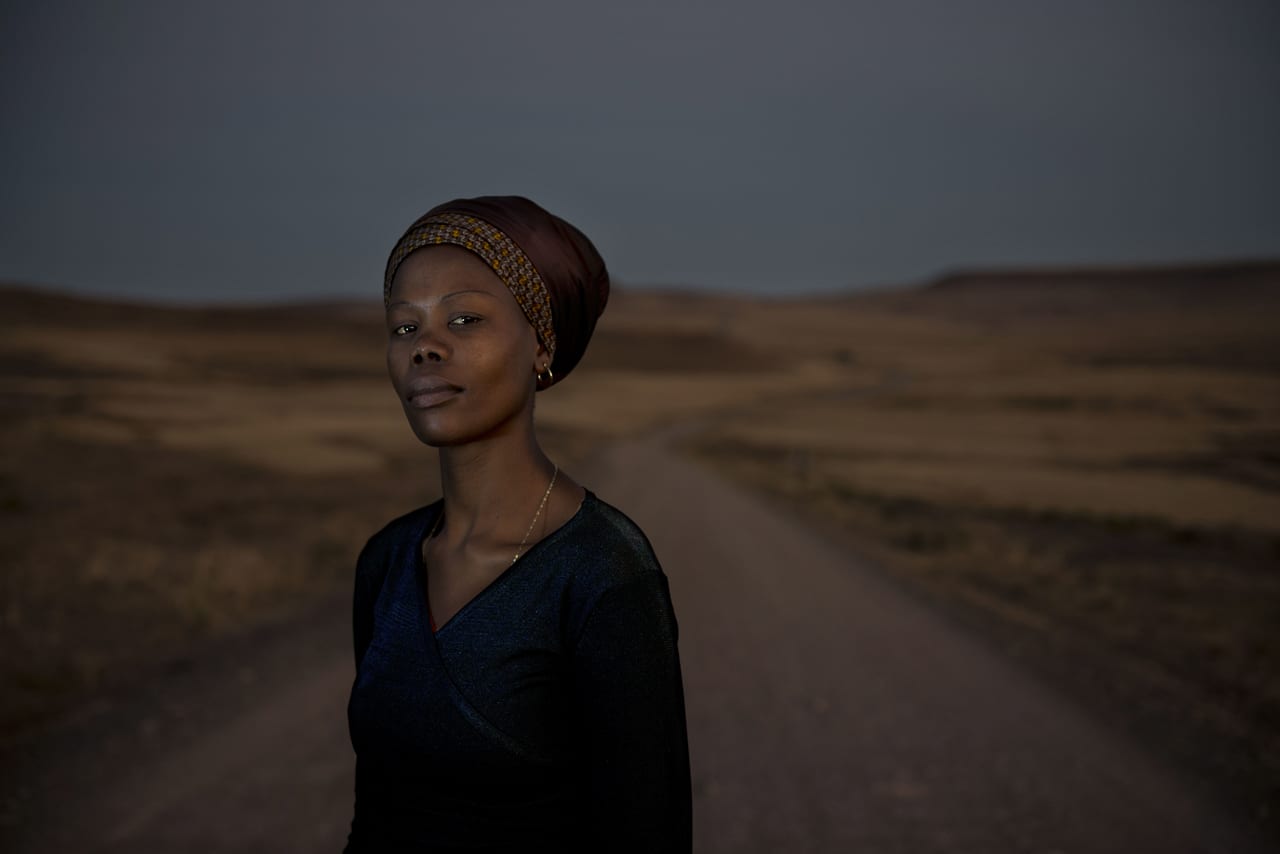
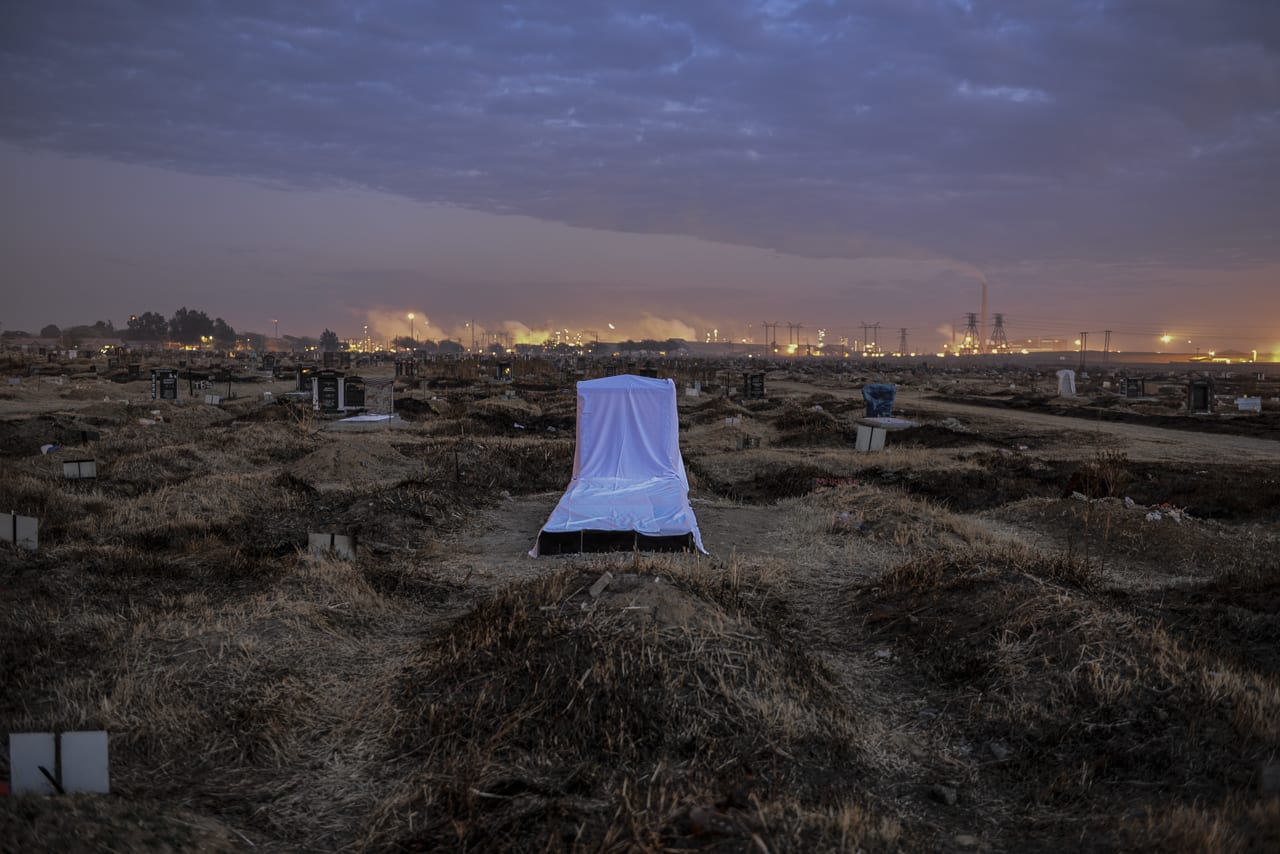
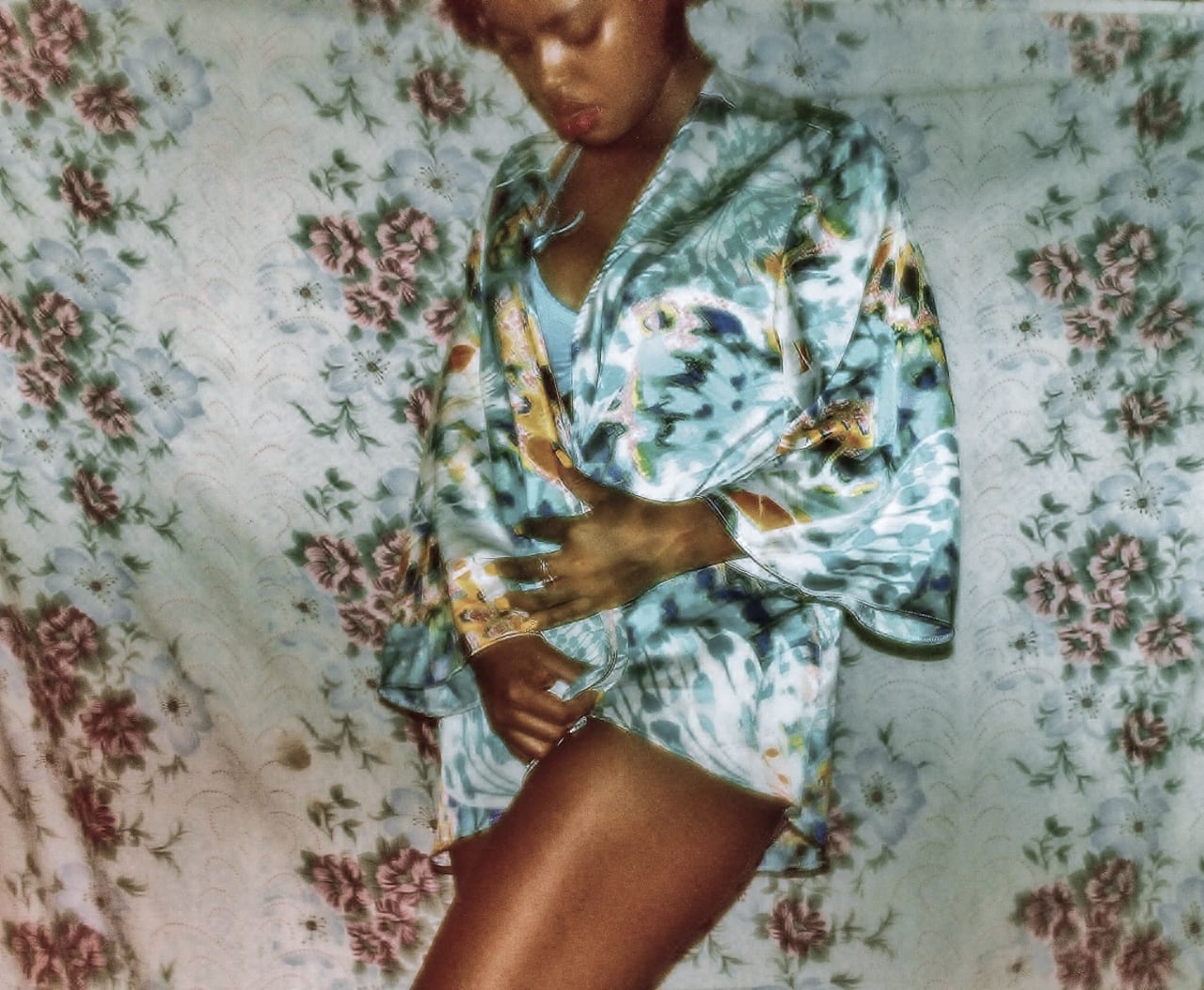
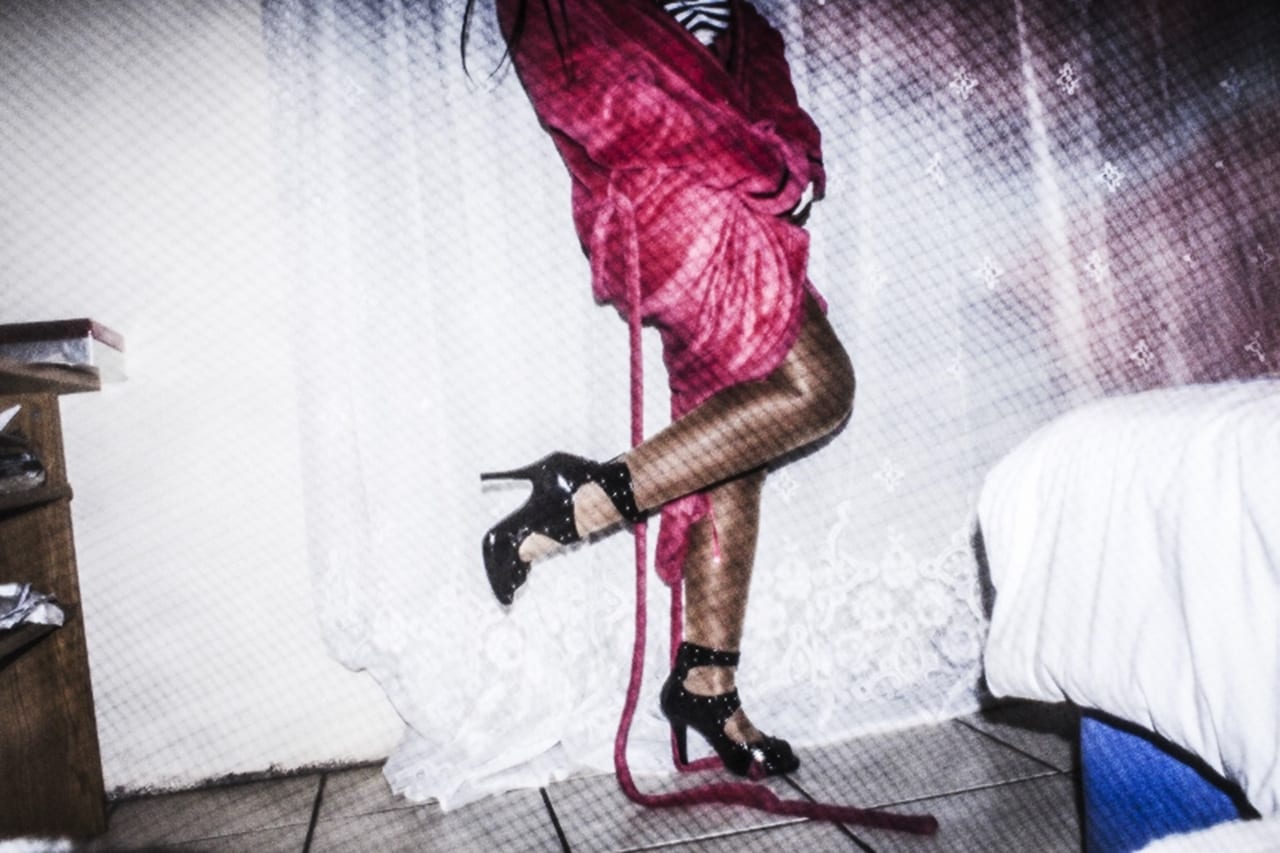
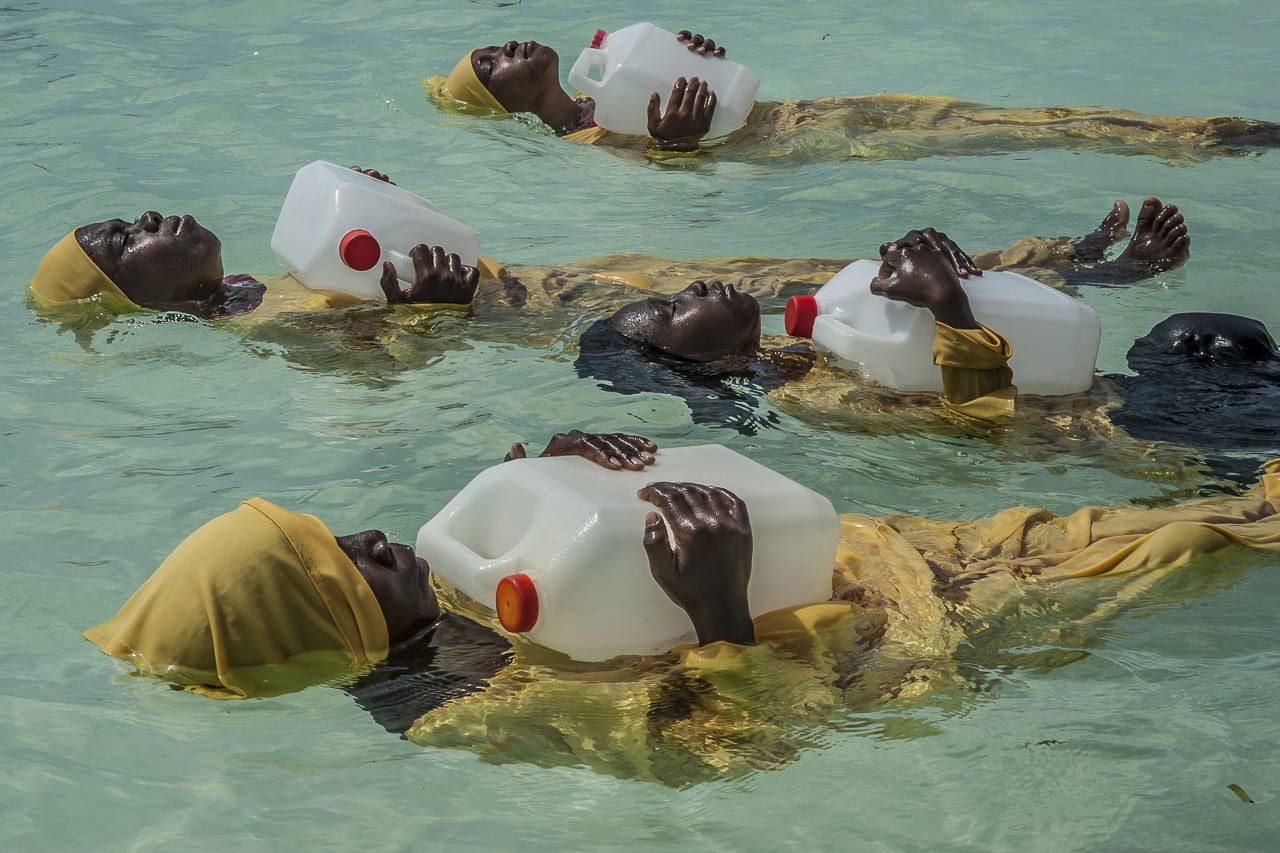
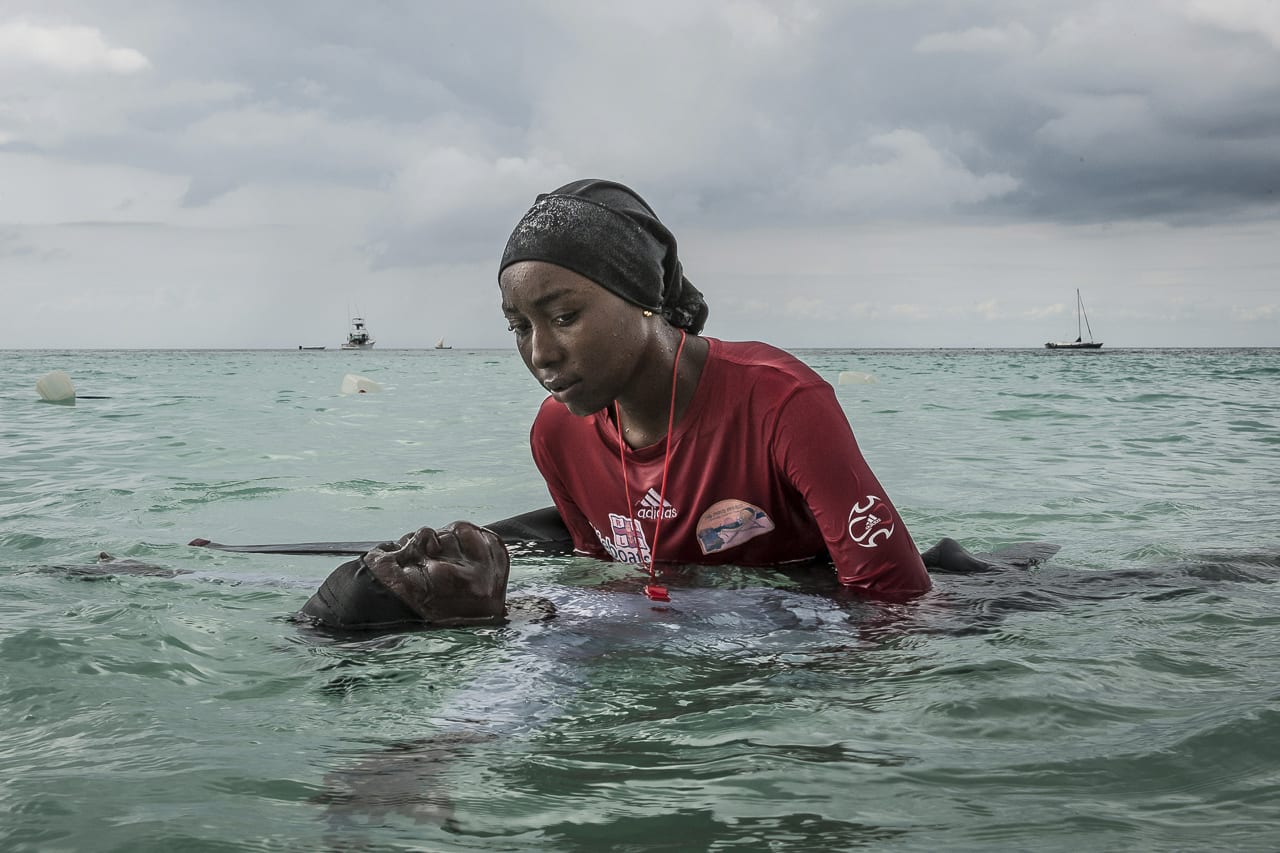
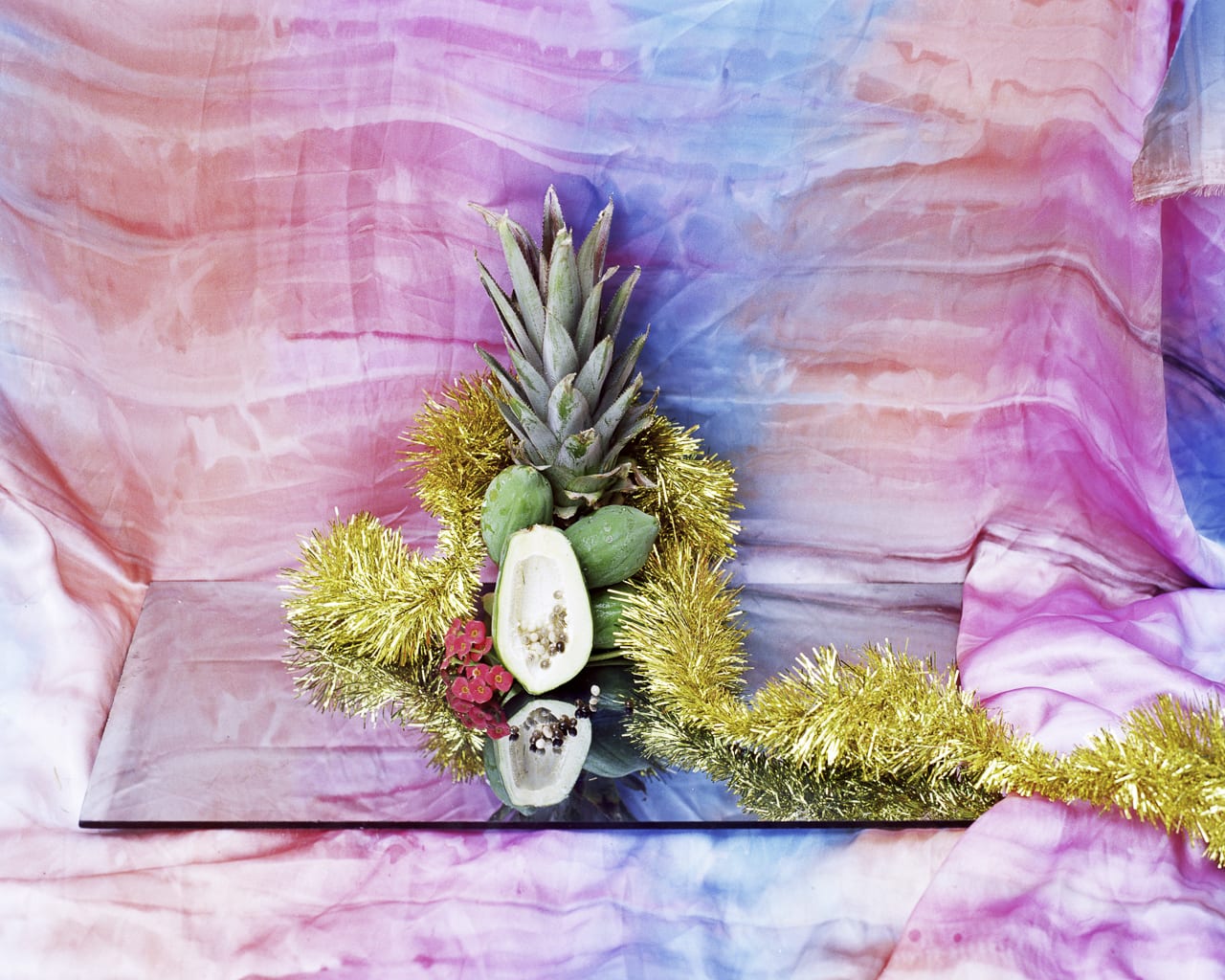
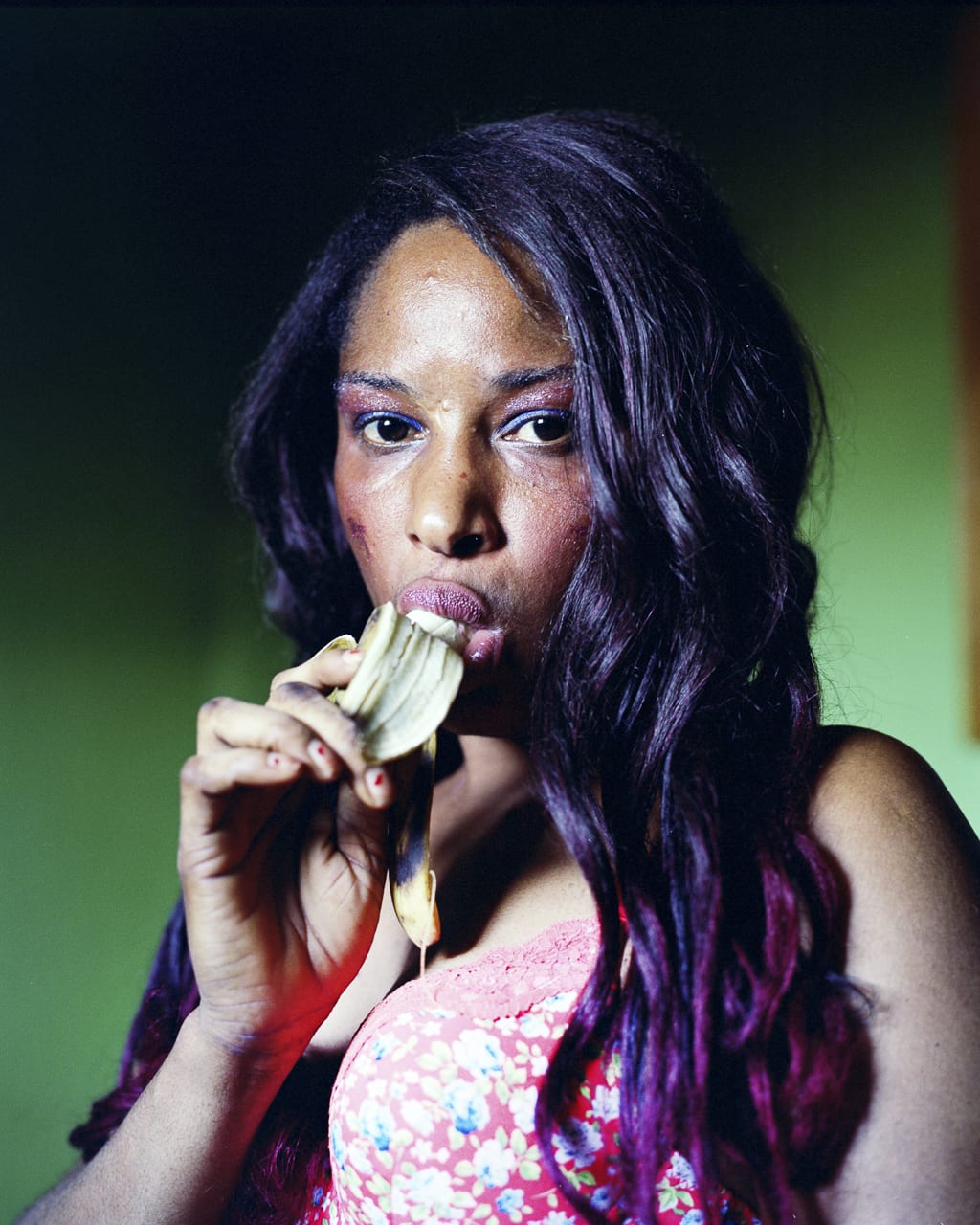
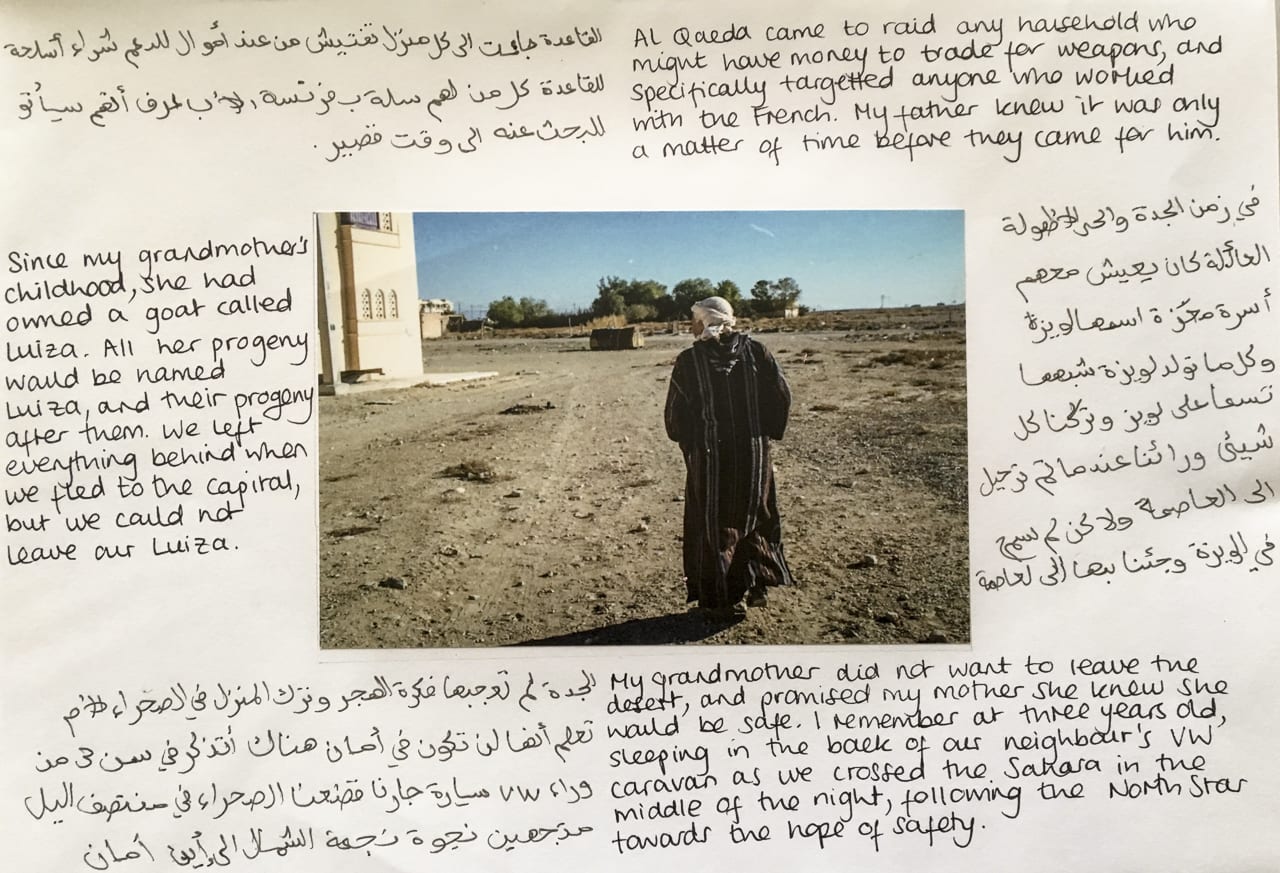


I originally approached Morocco during regular short visits, and the country became a character in its own right.”

